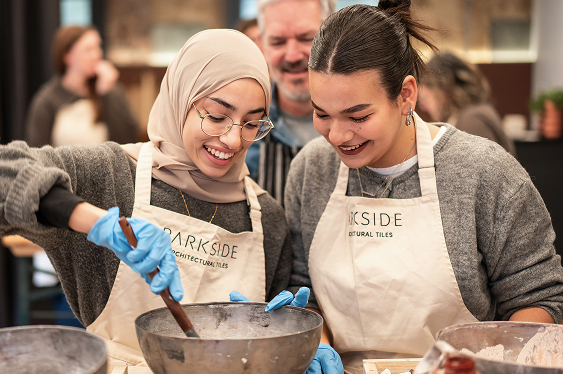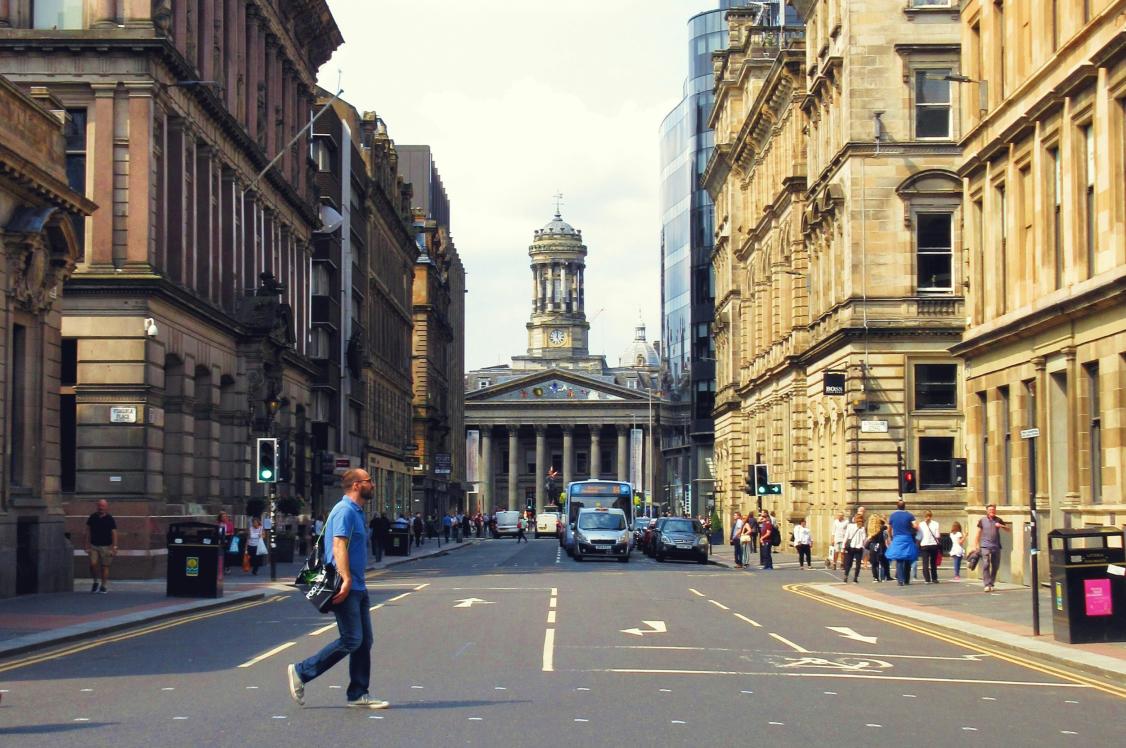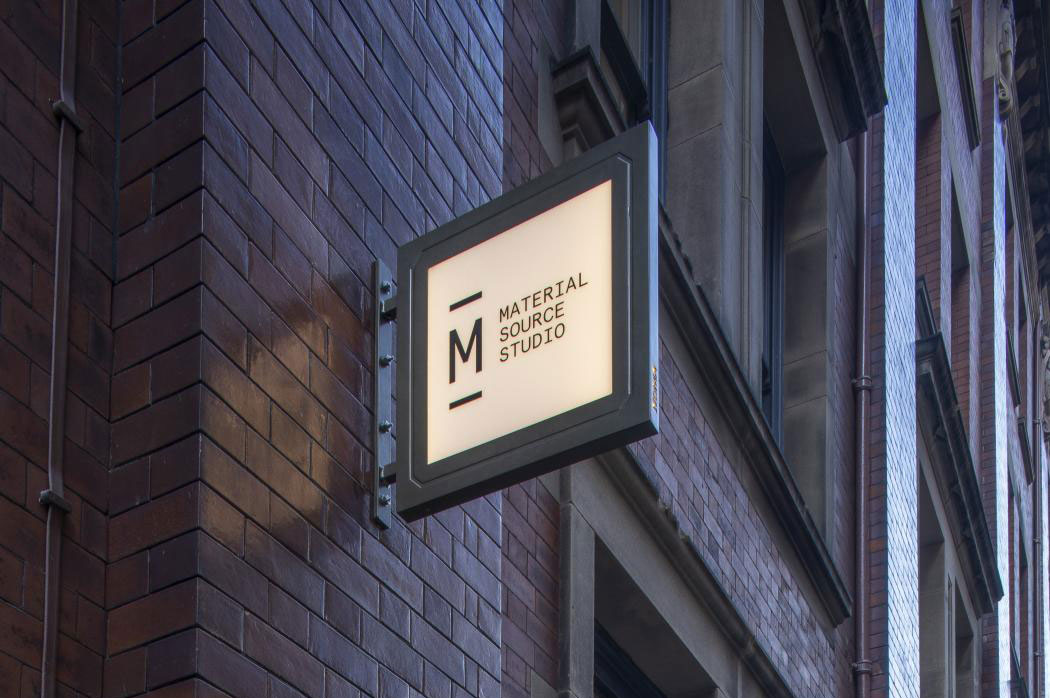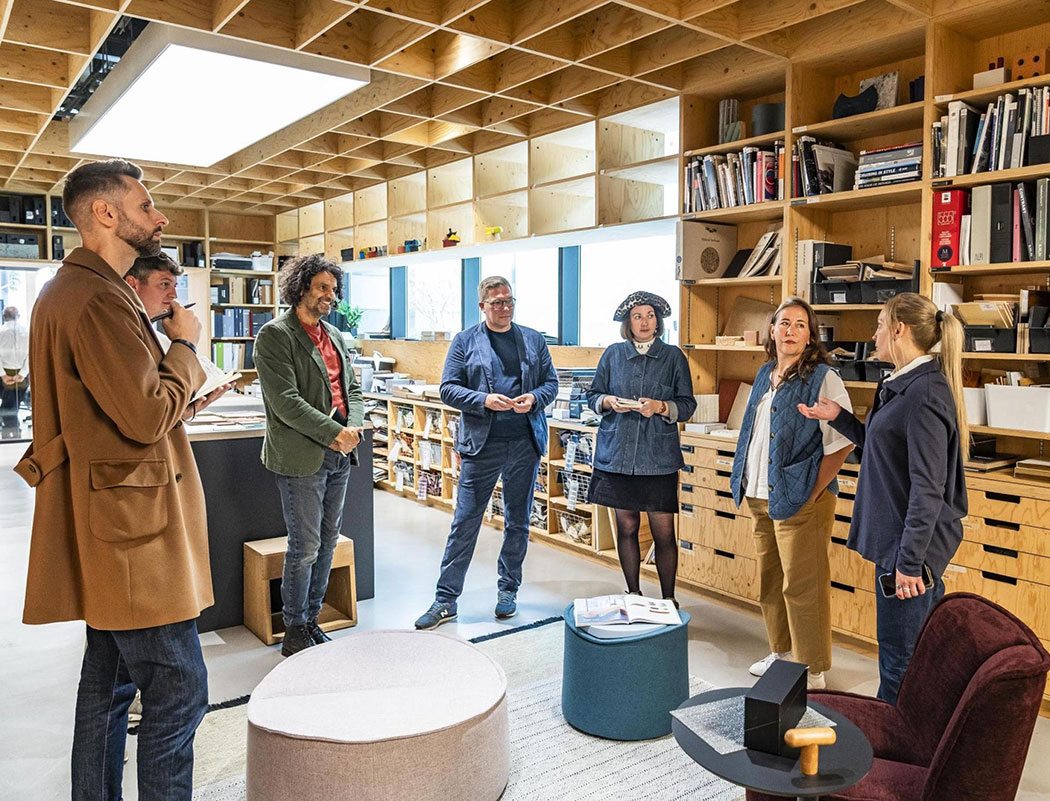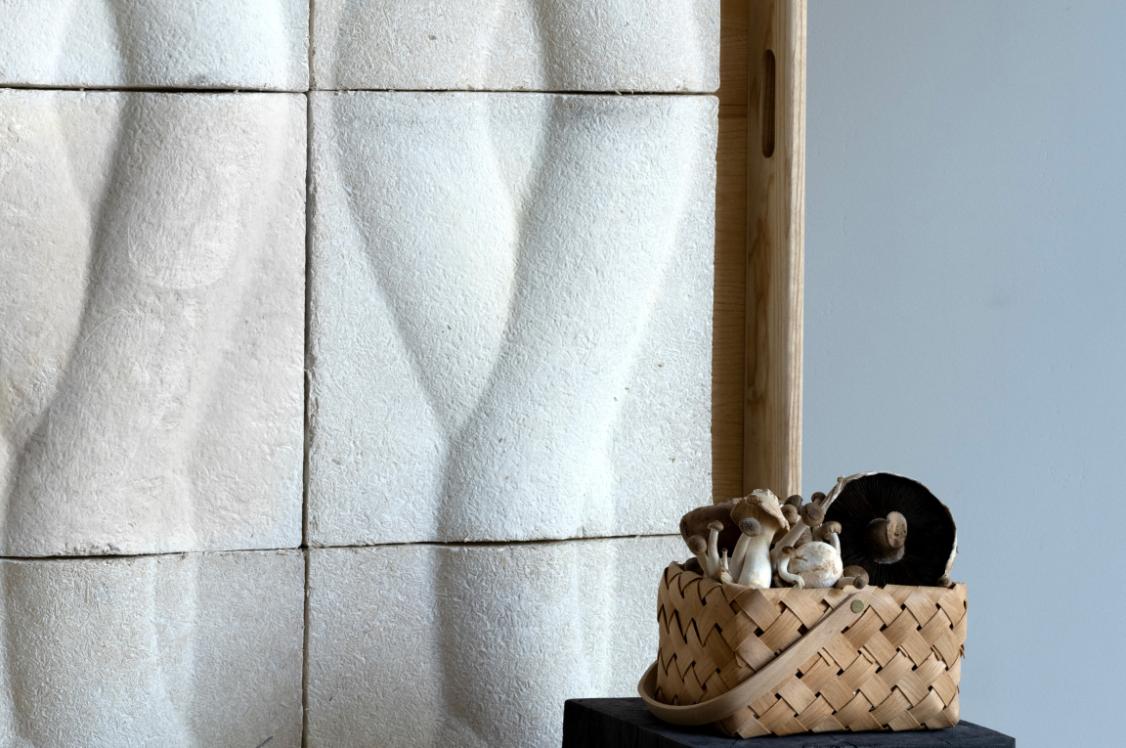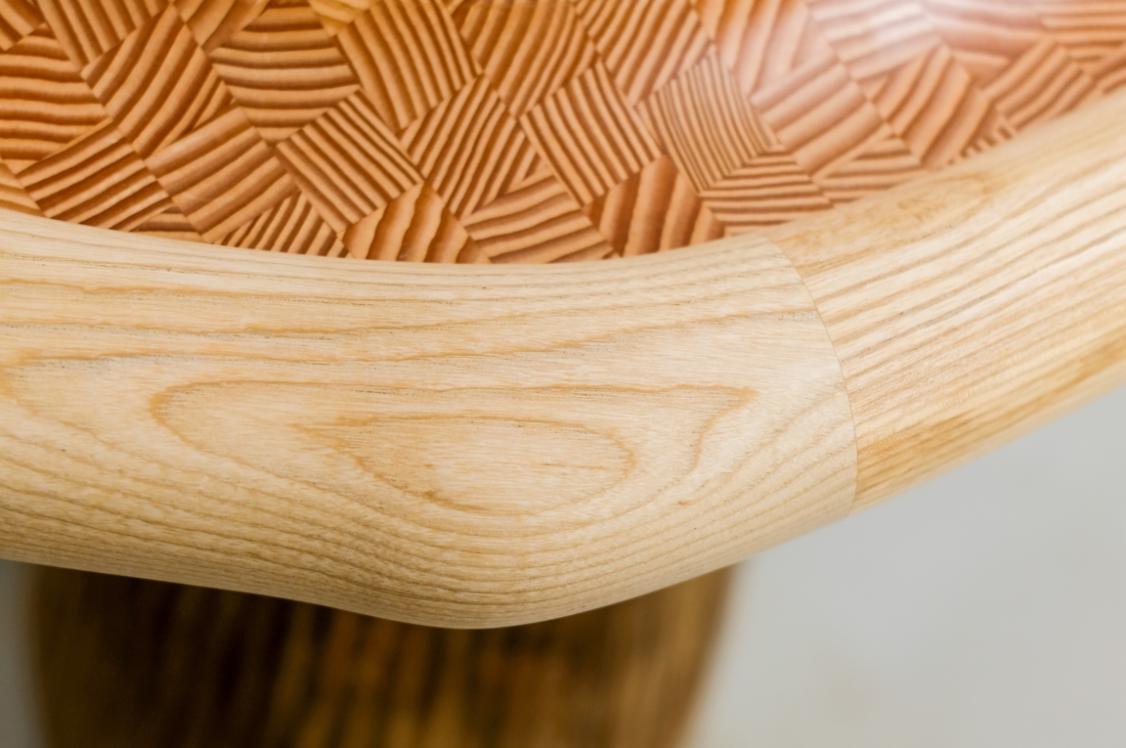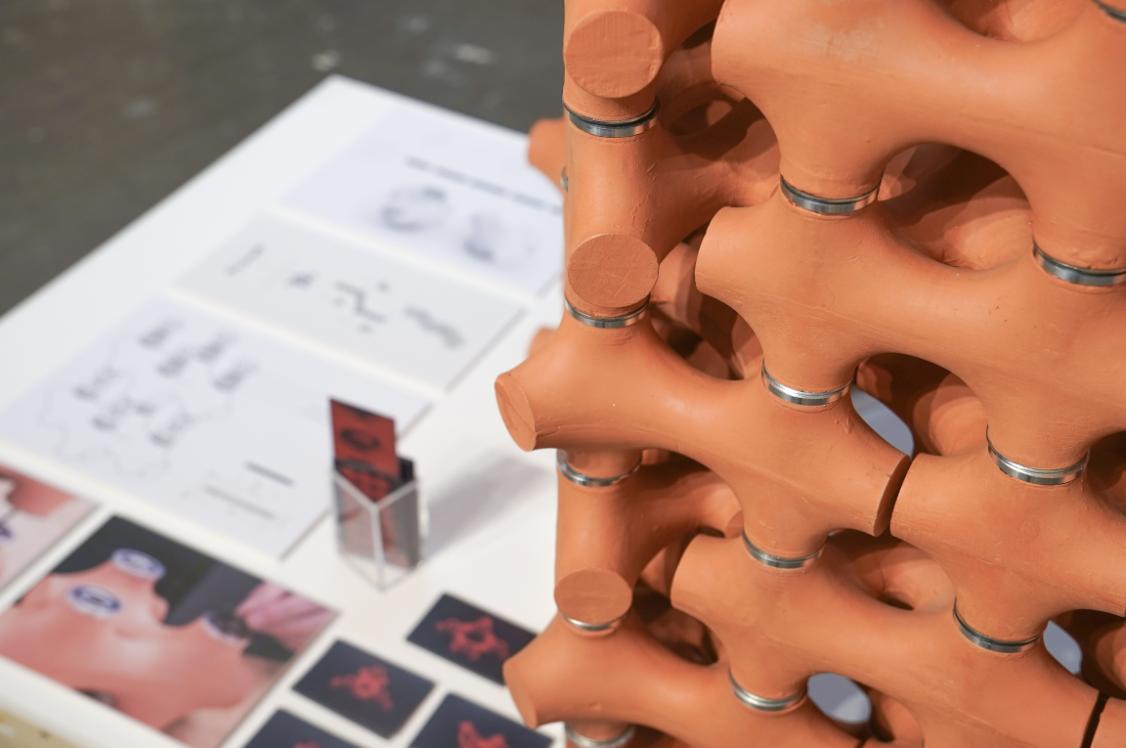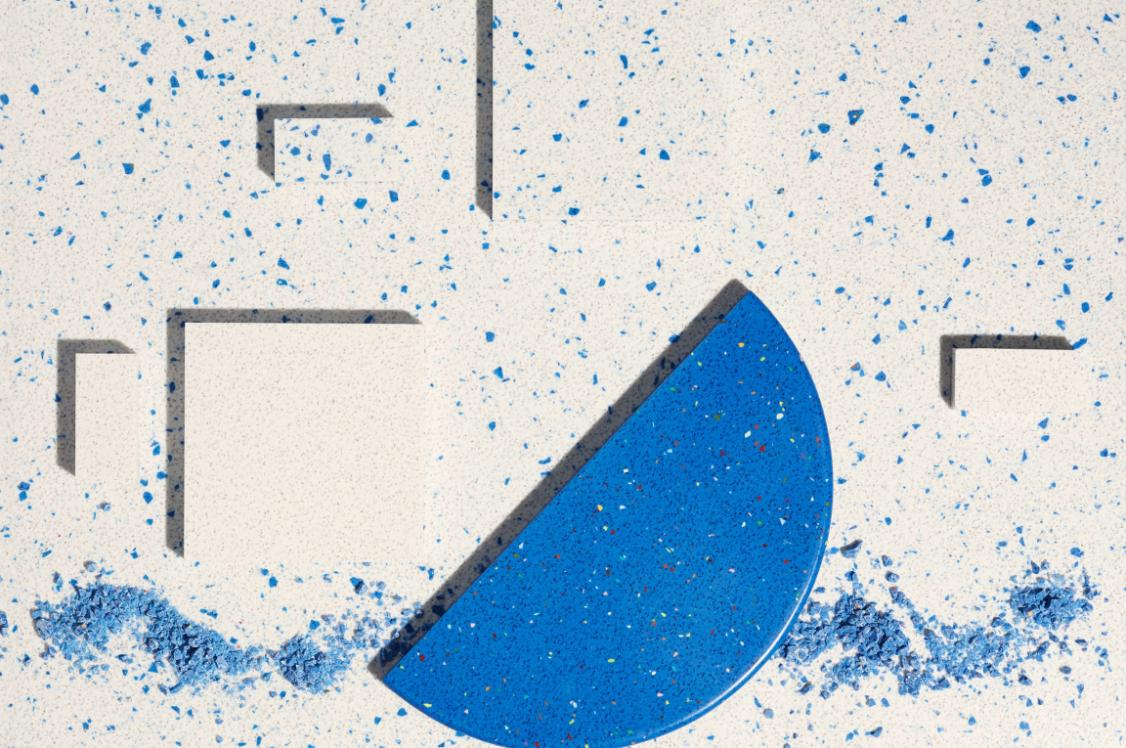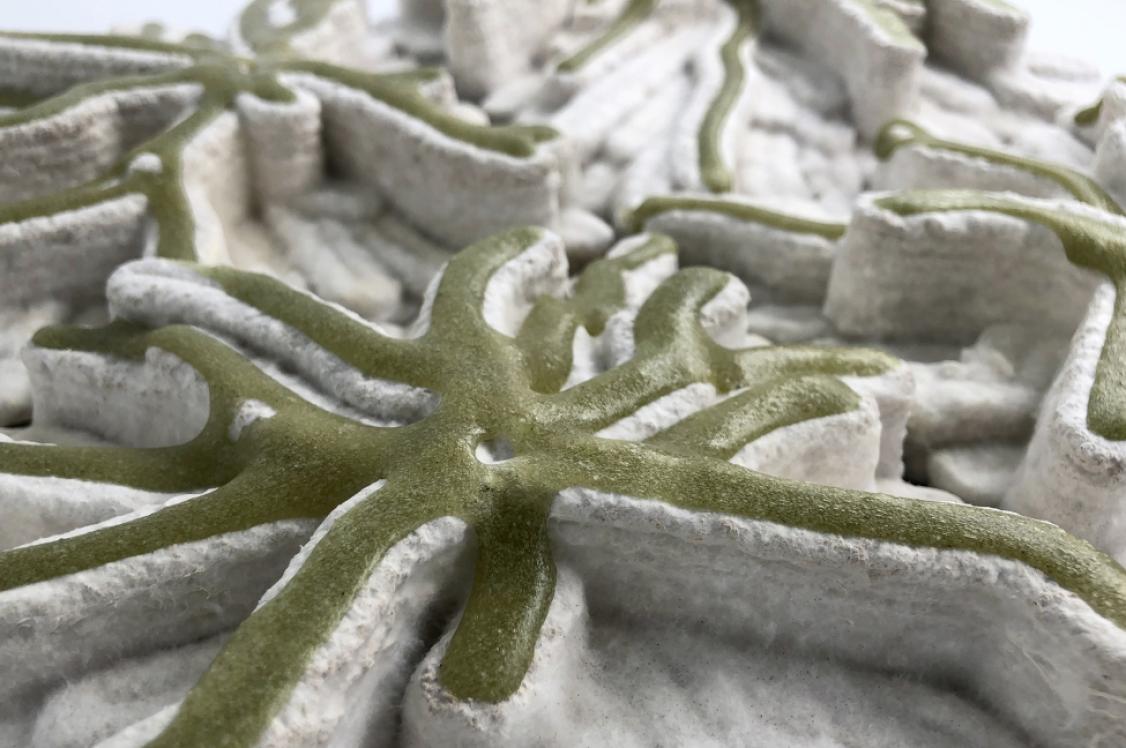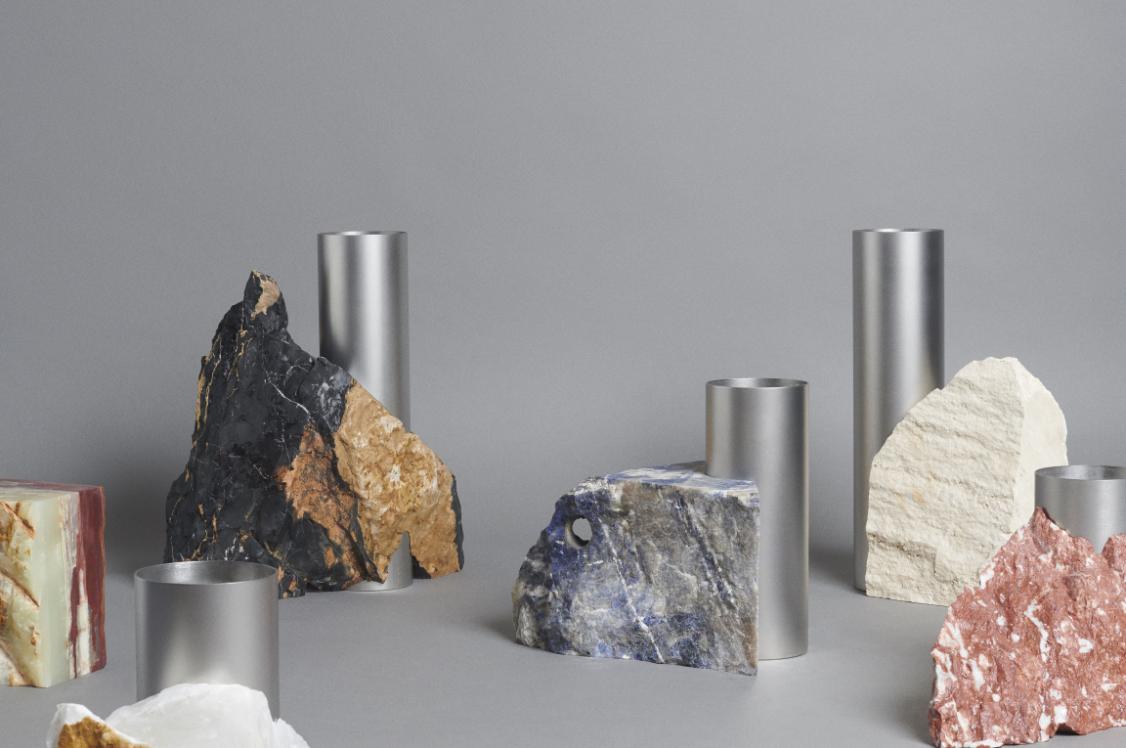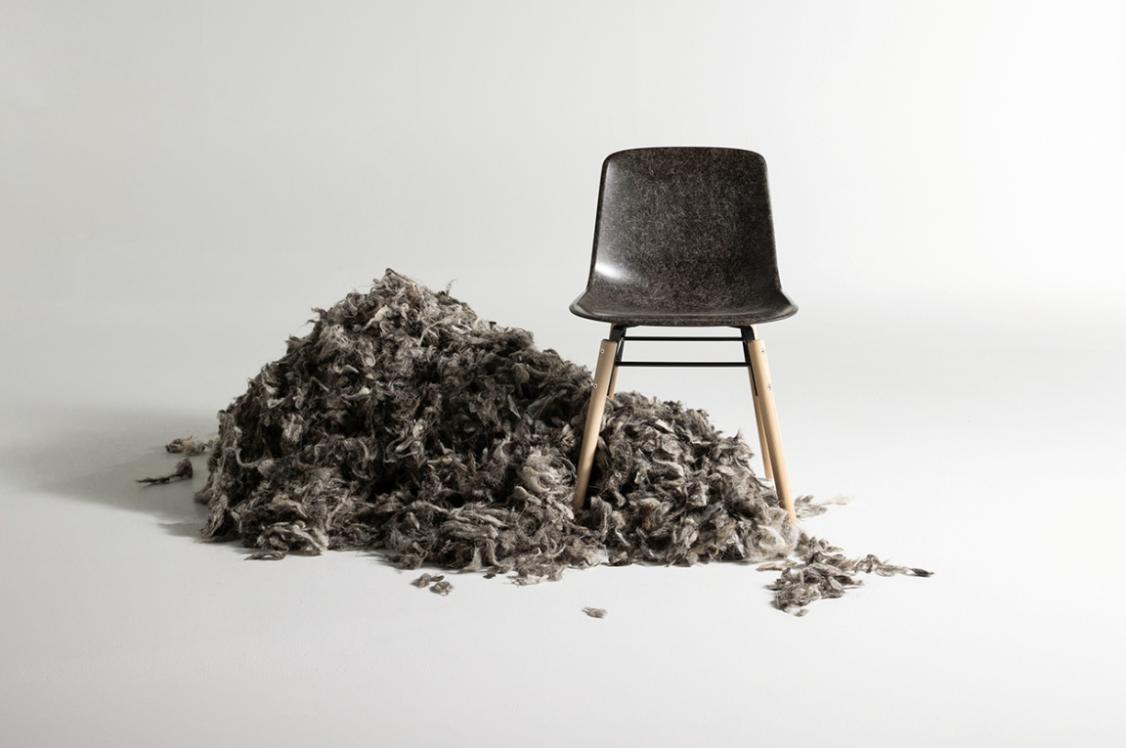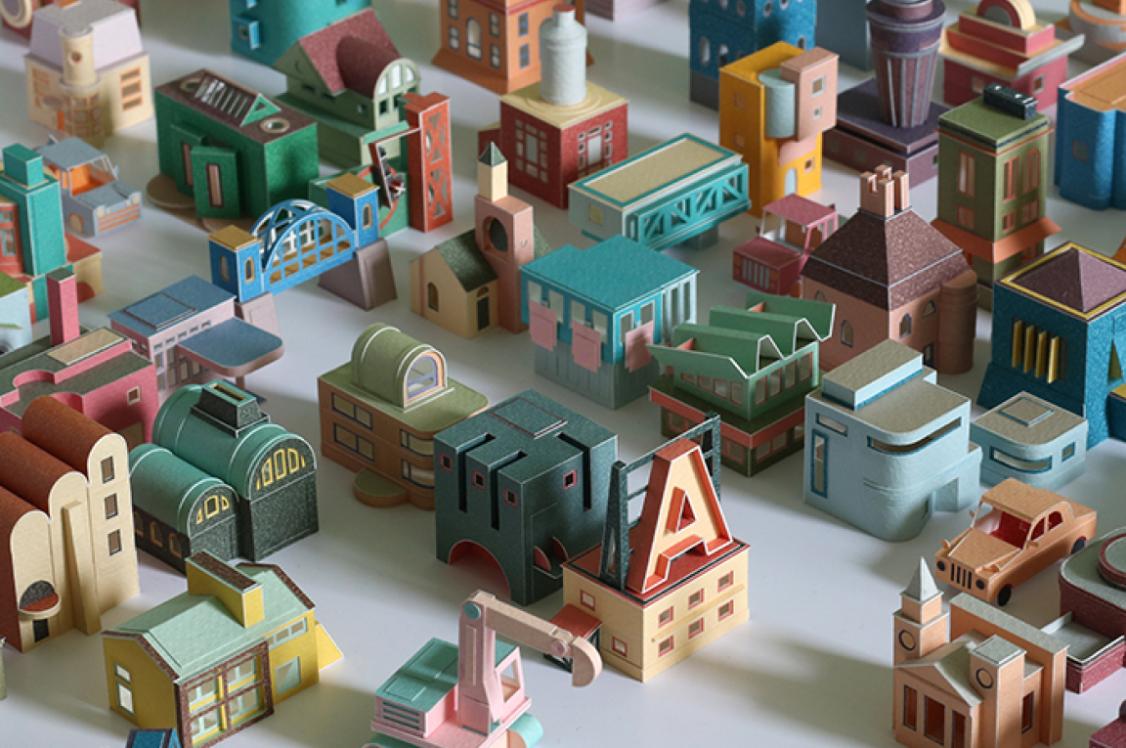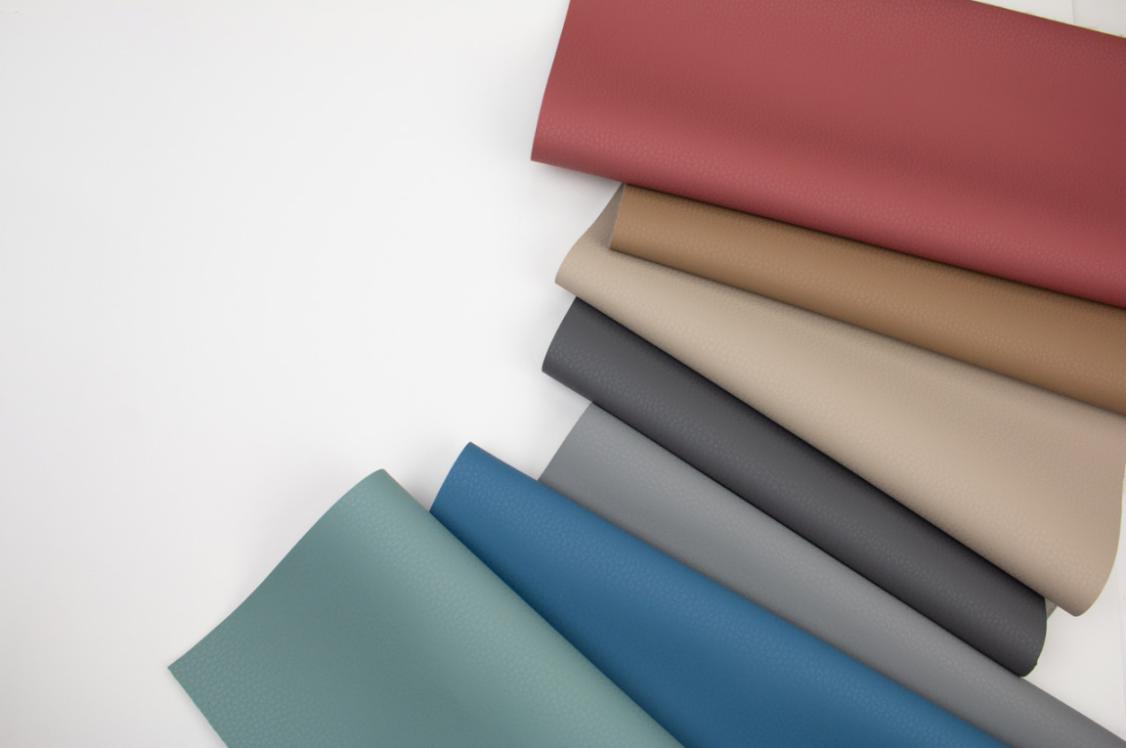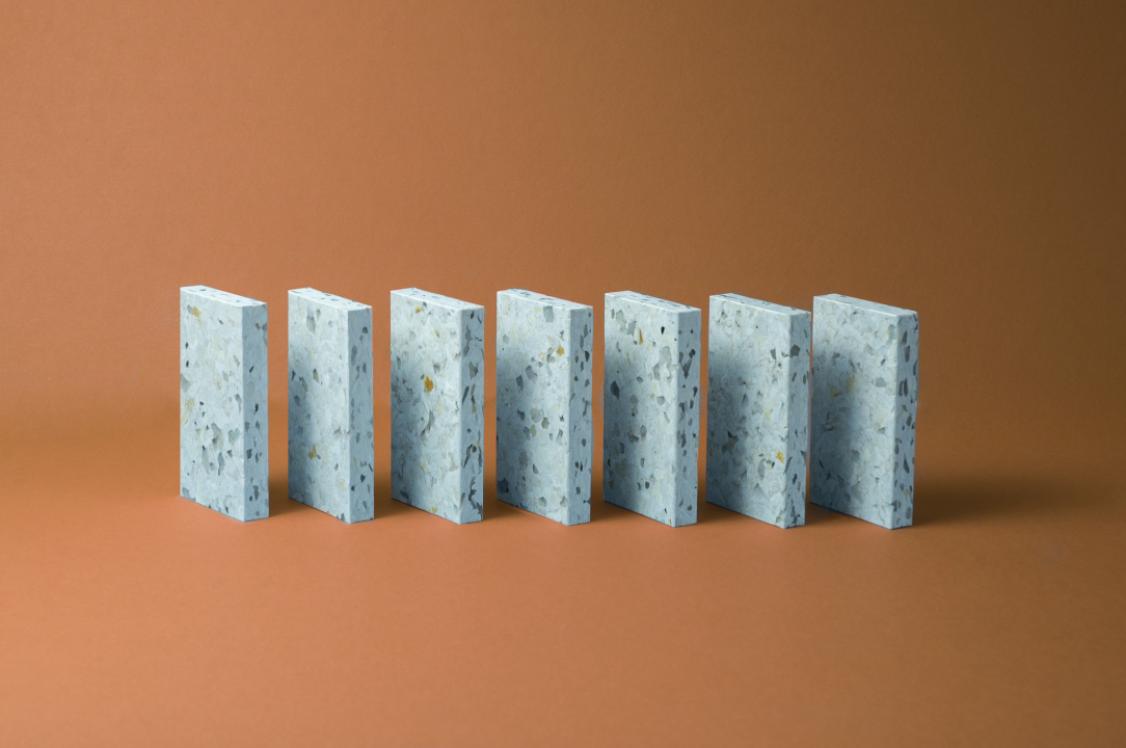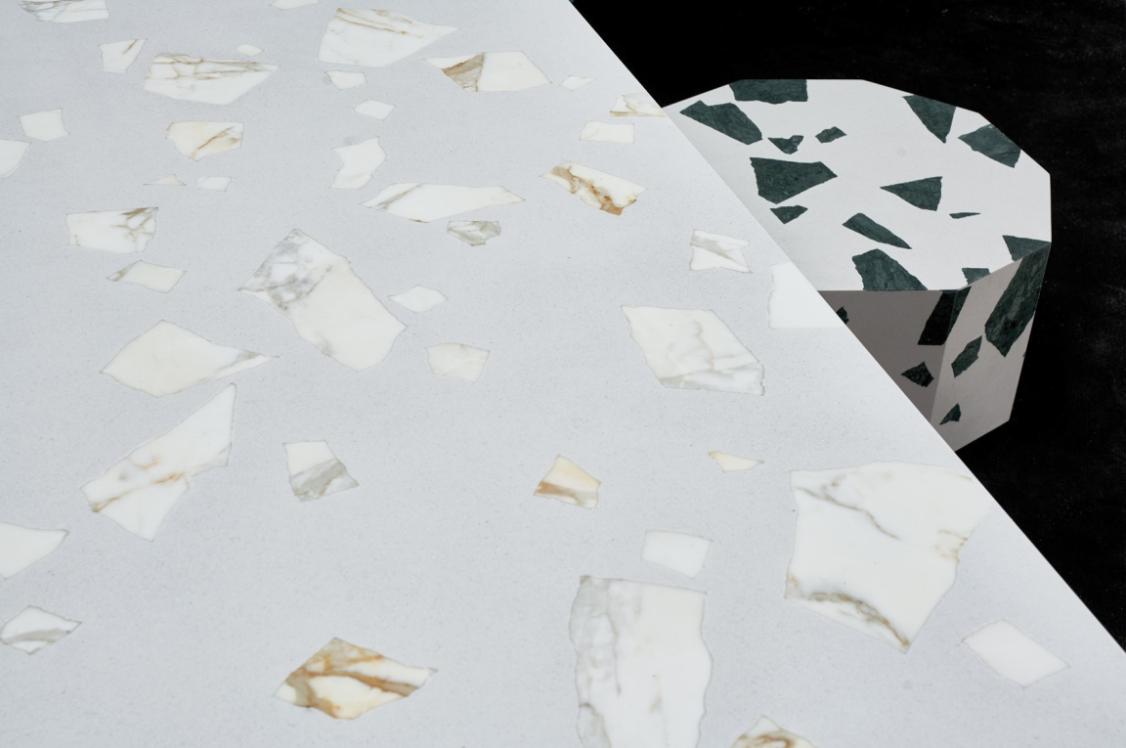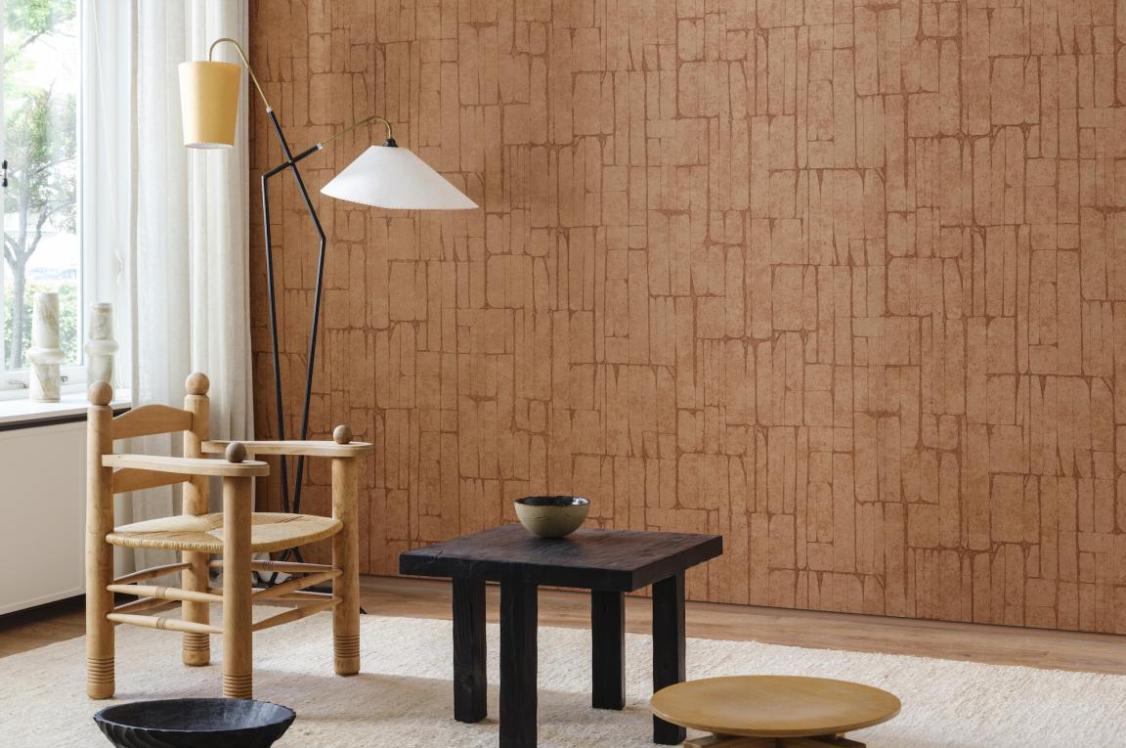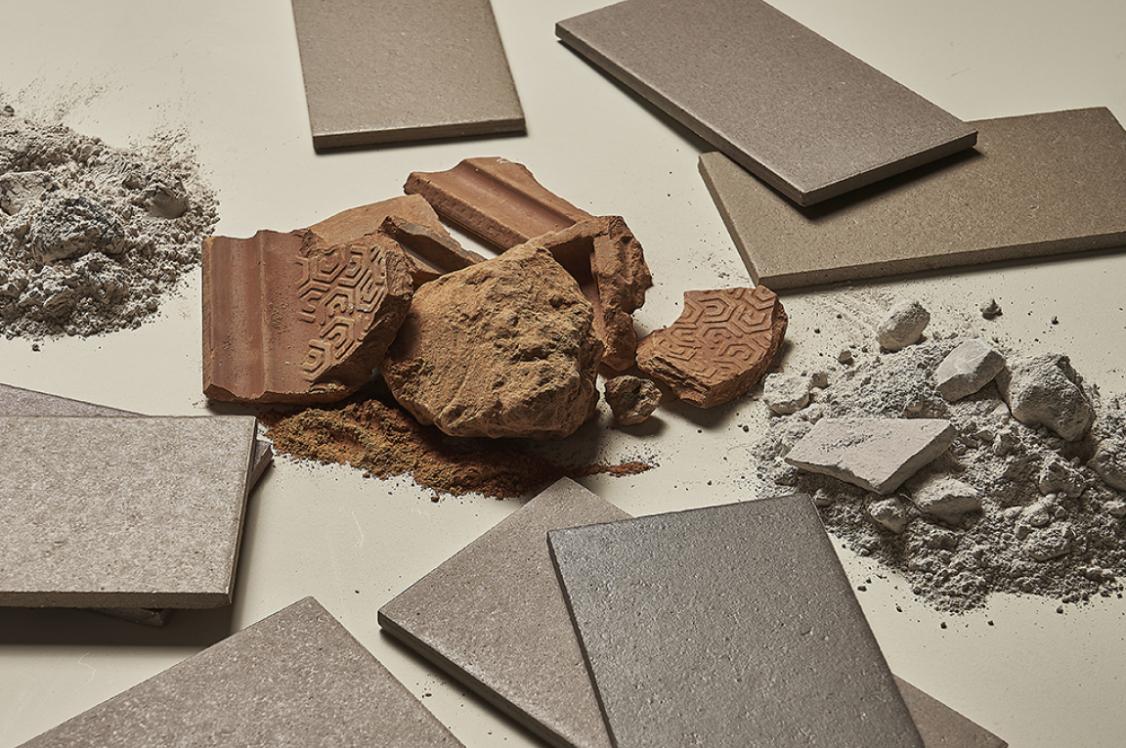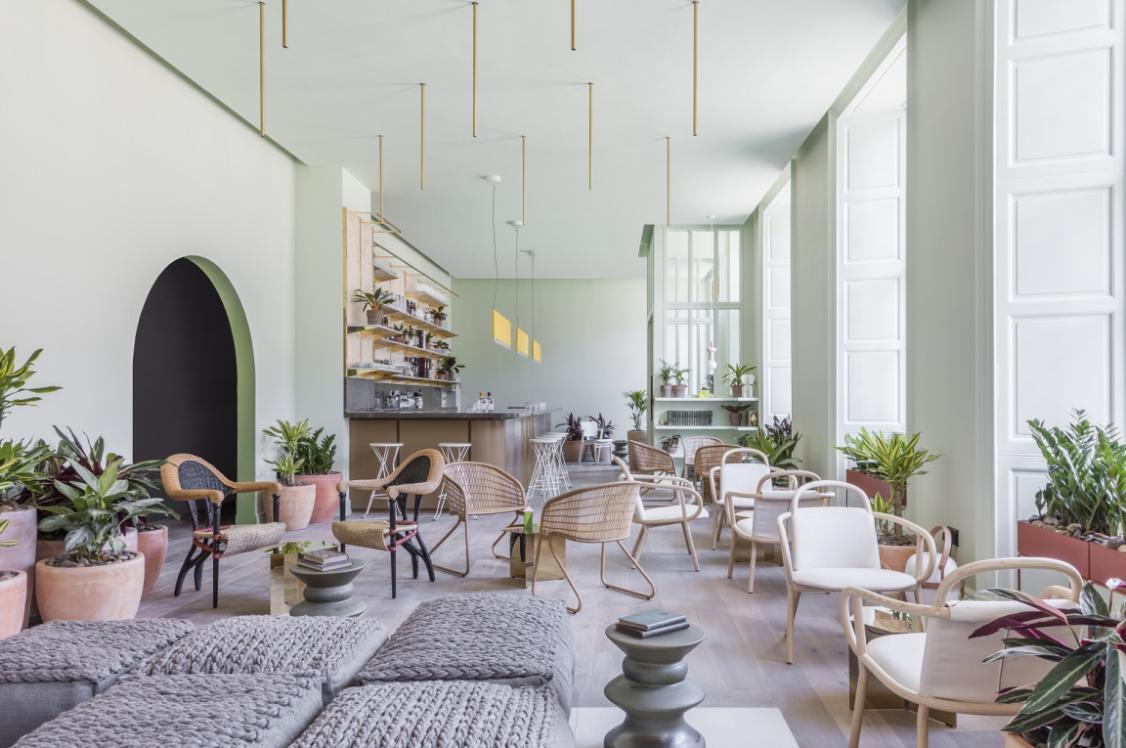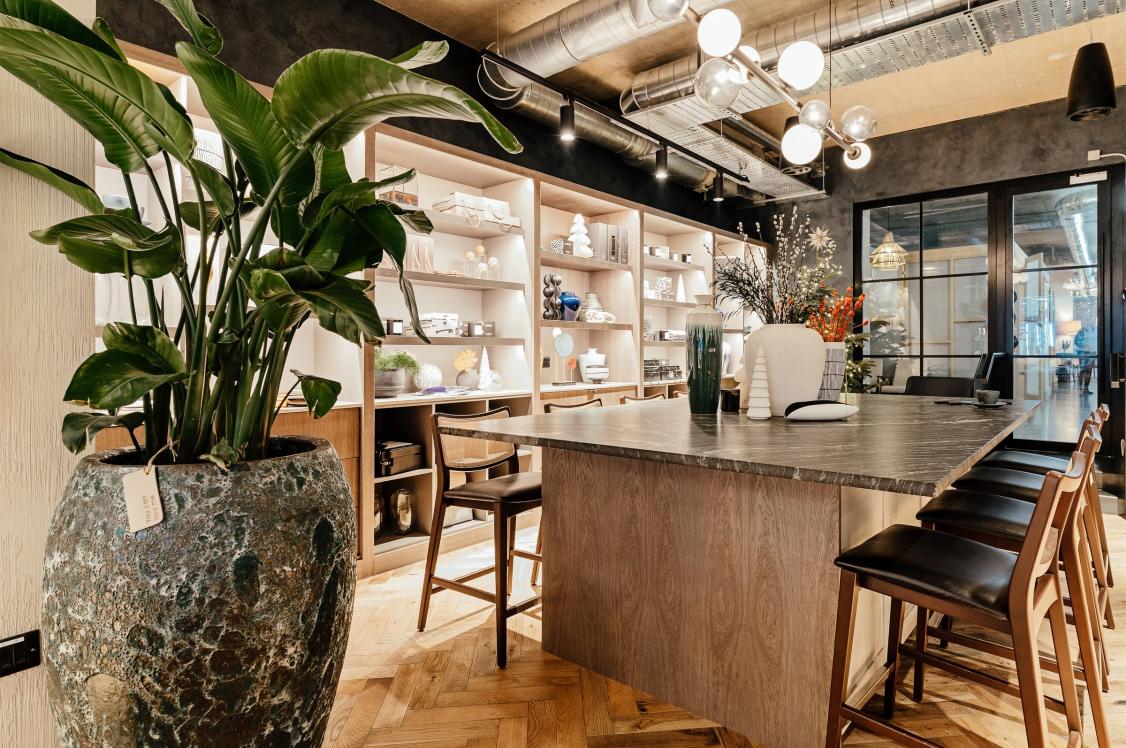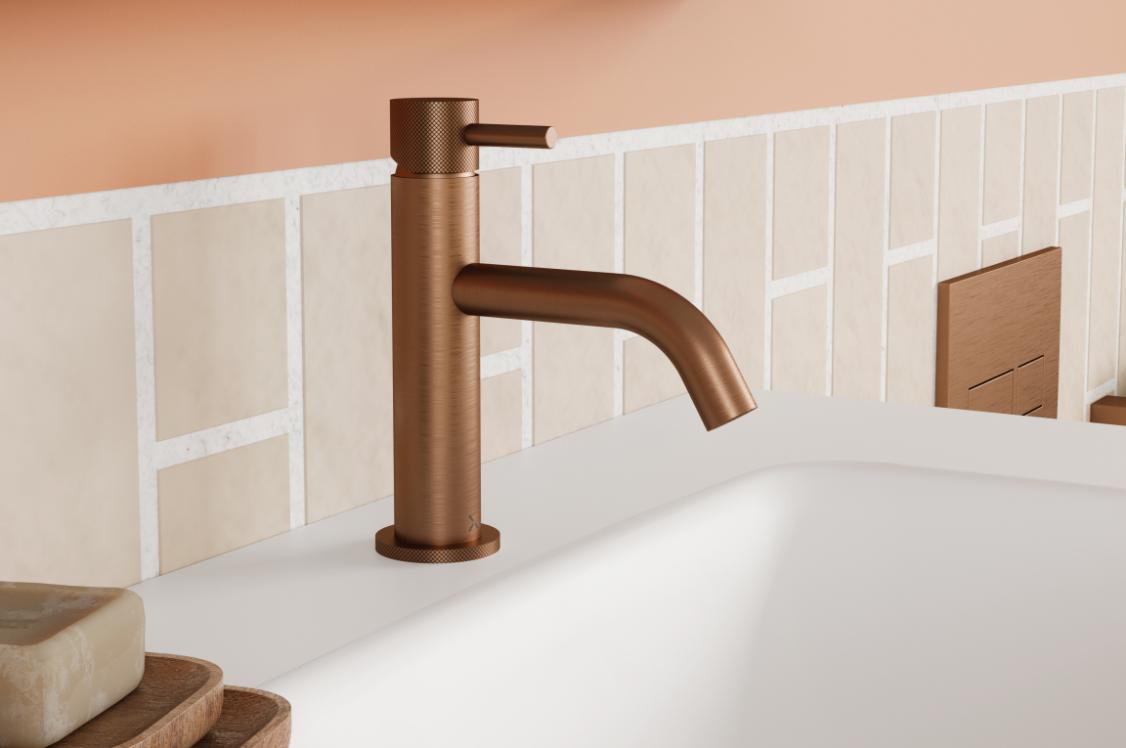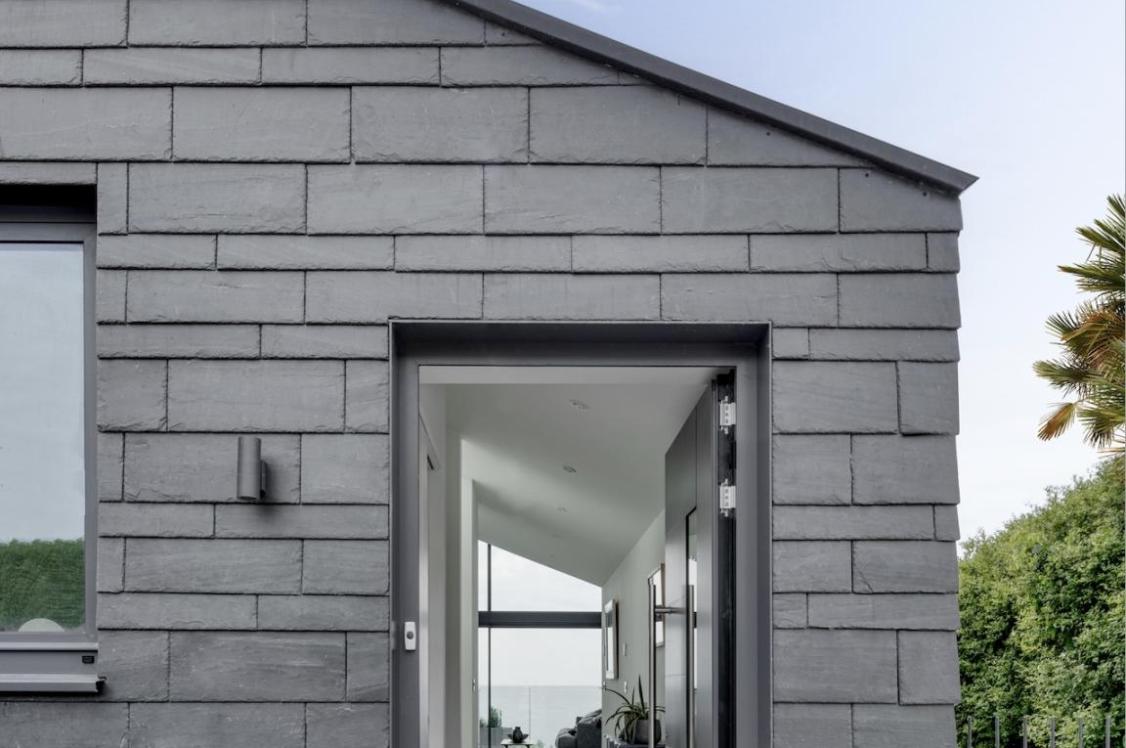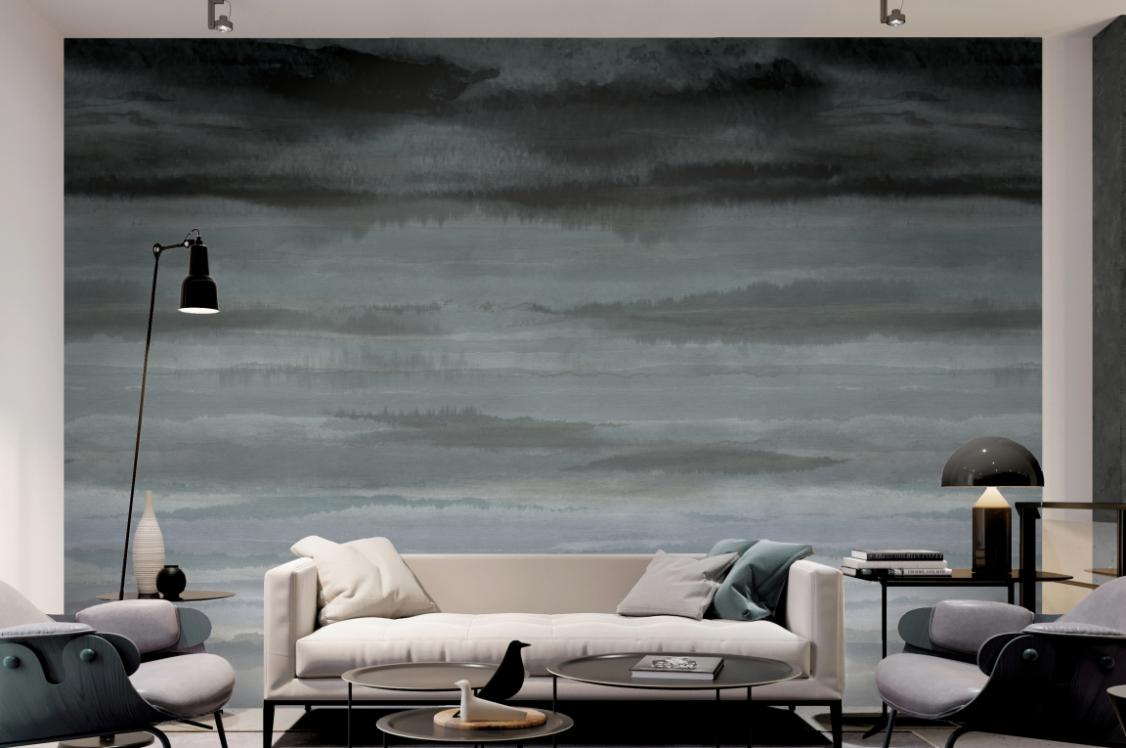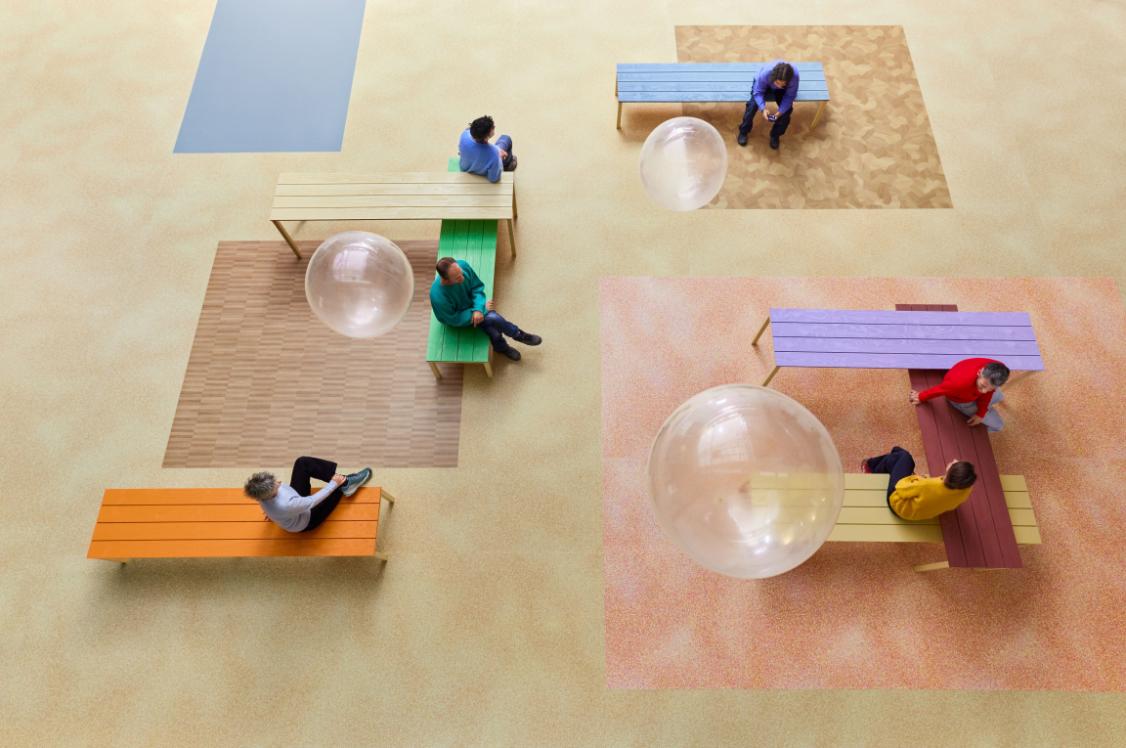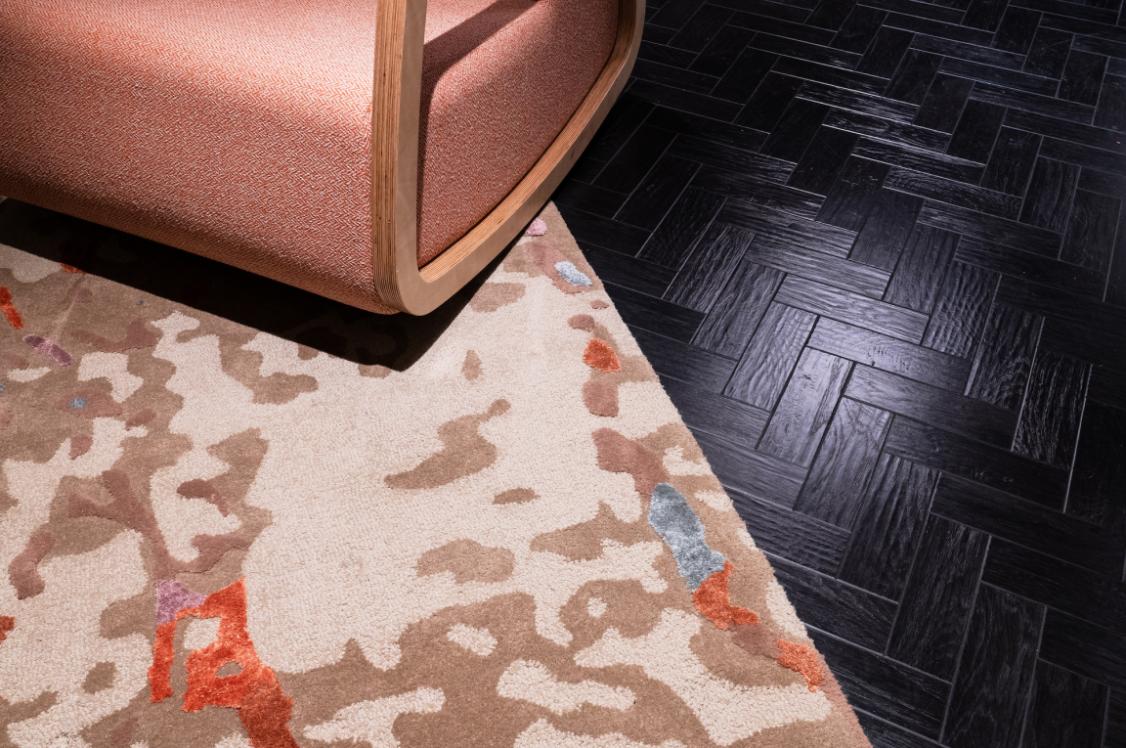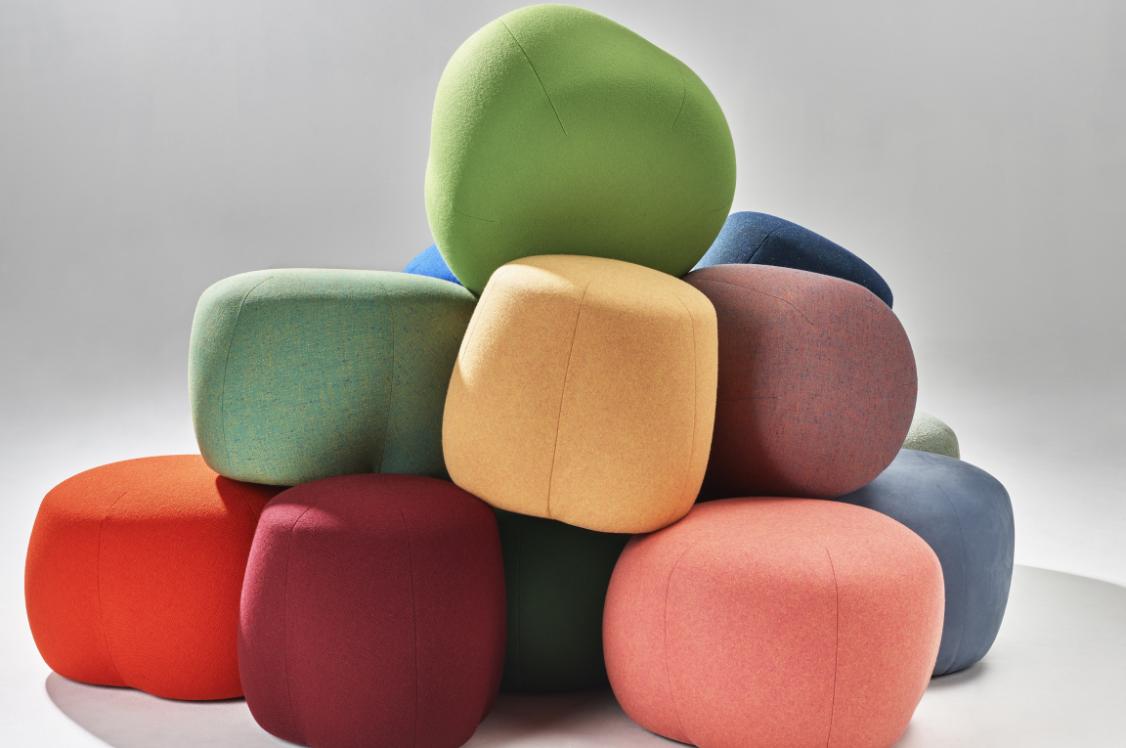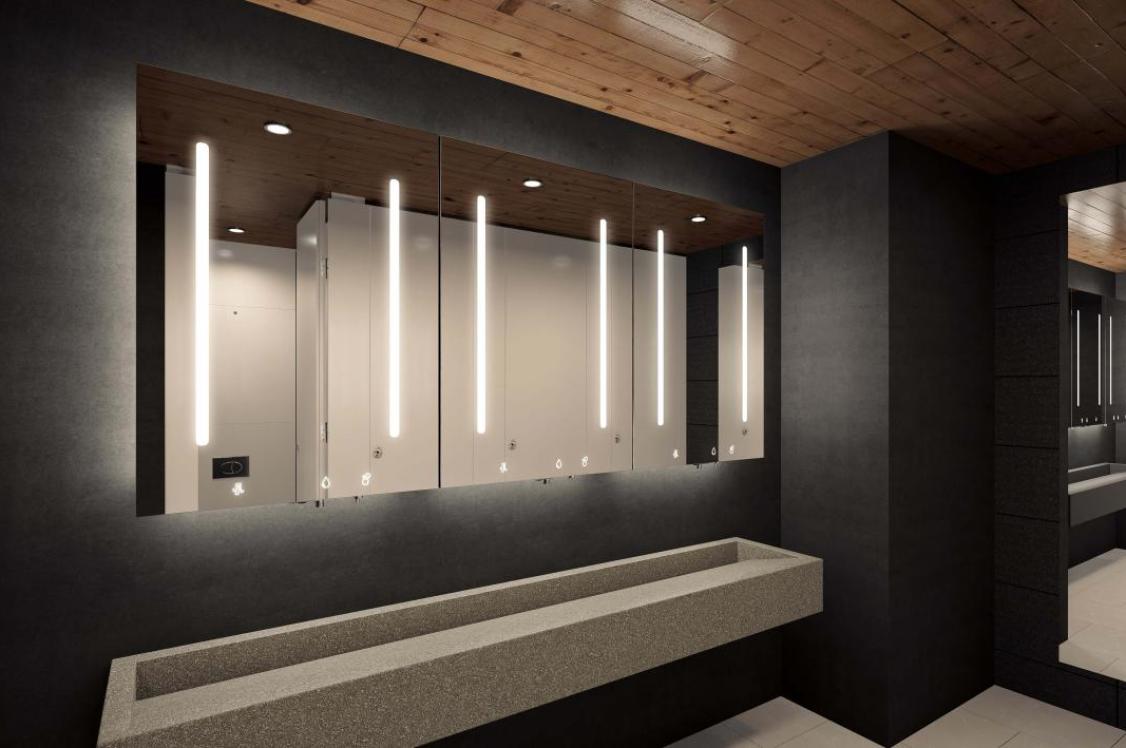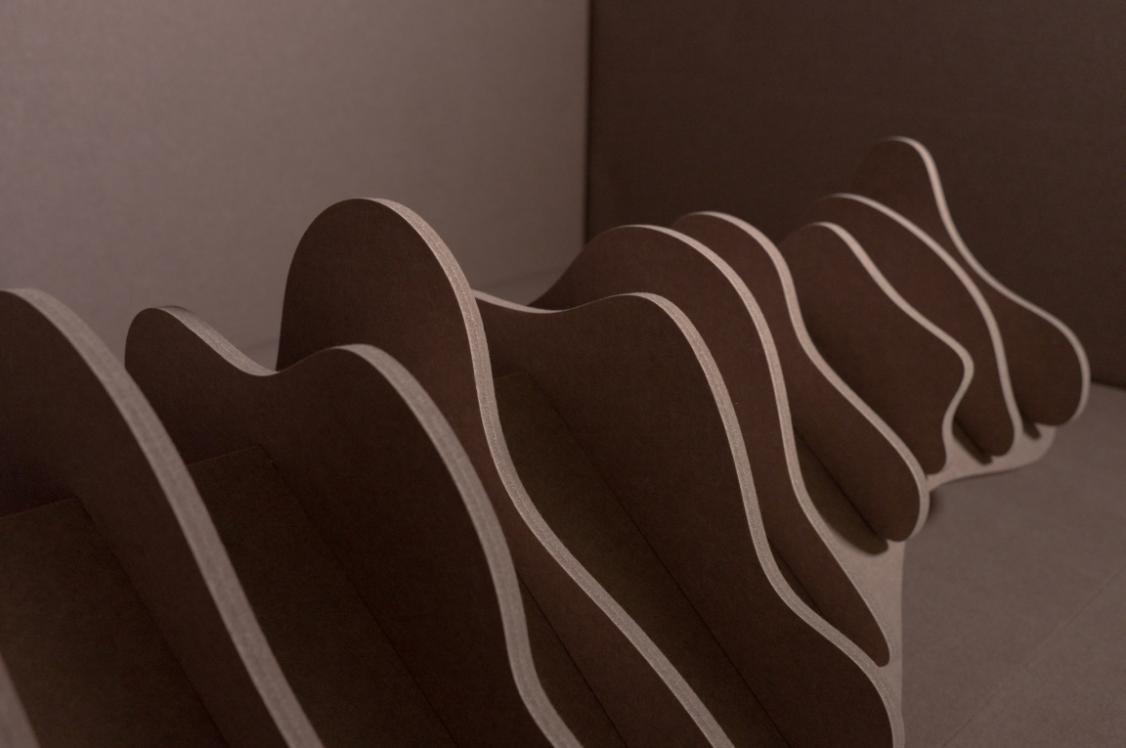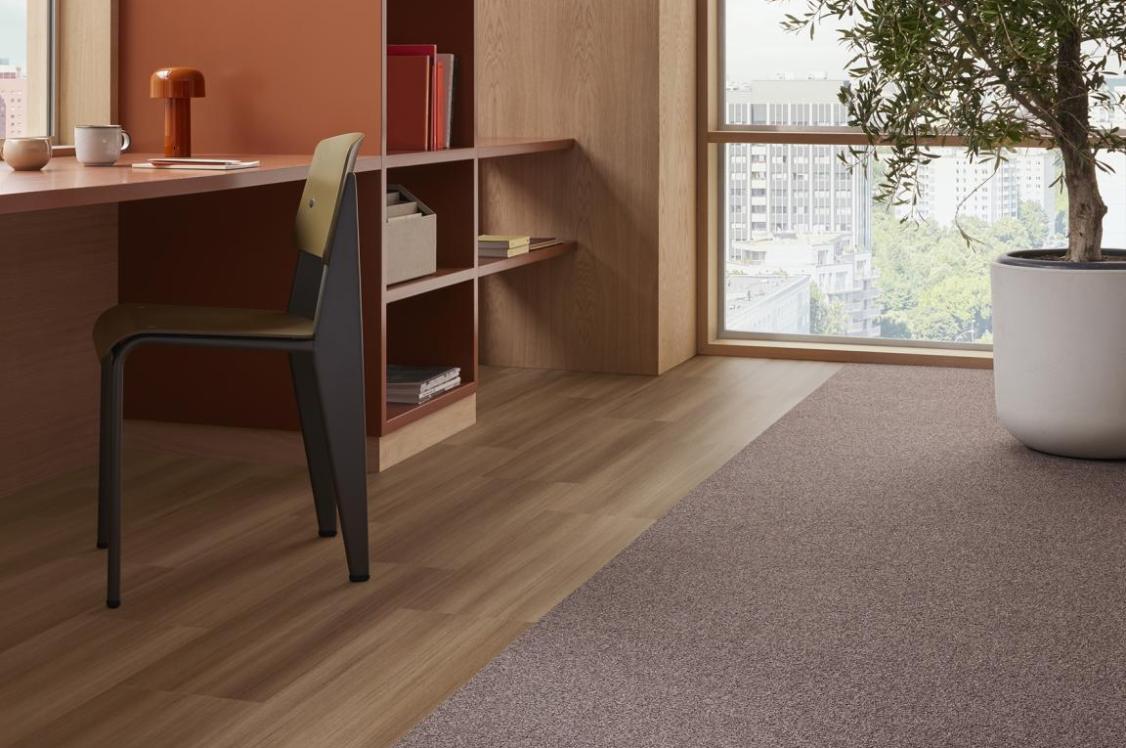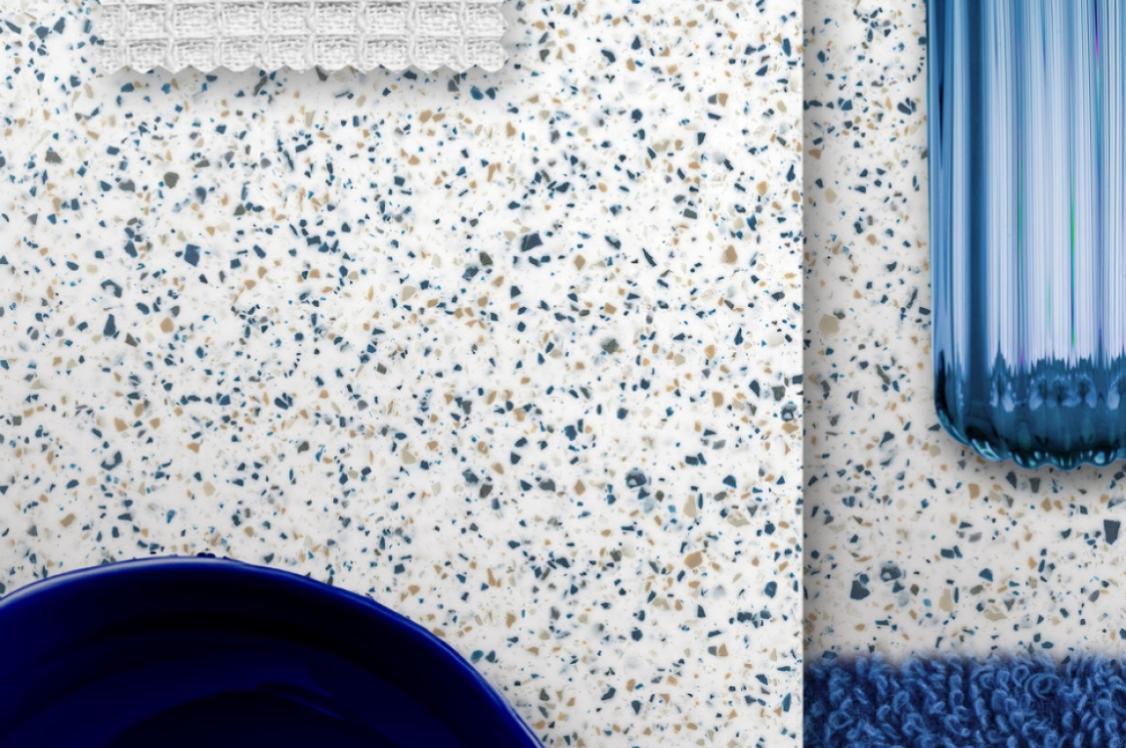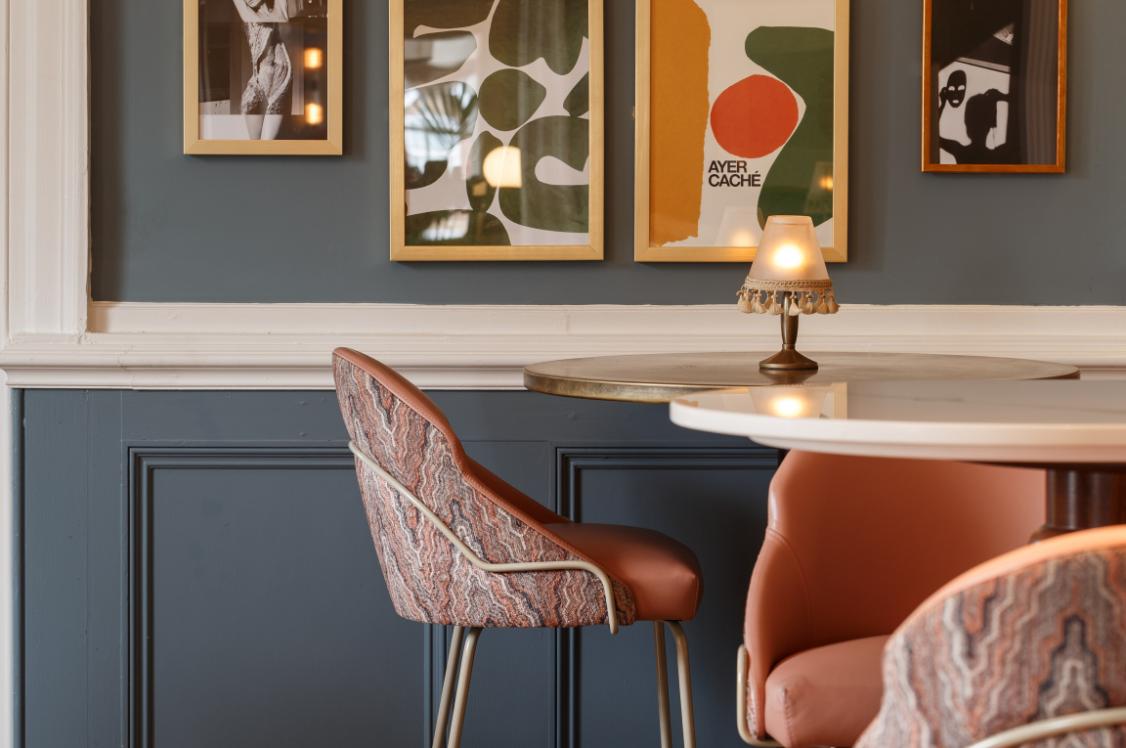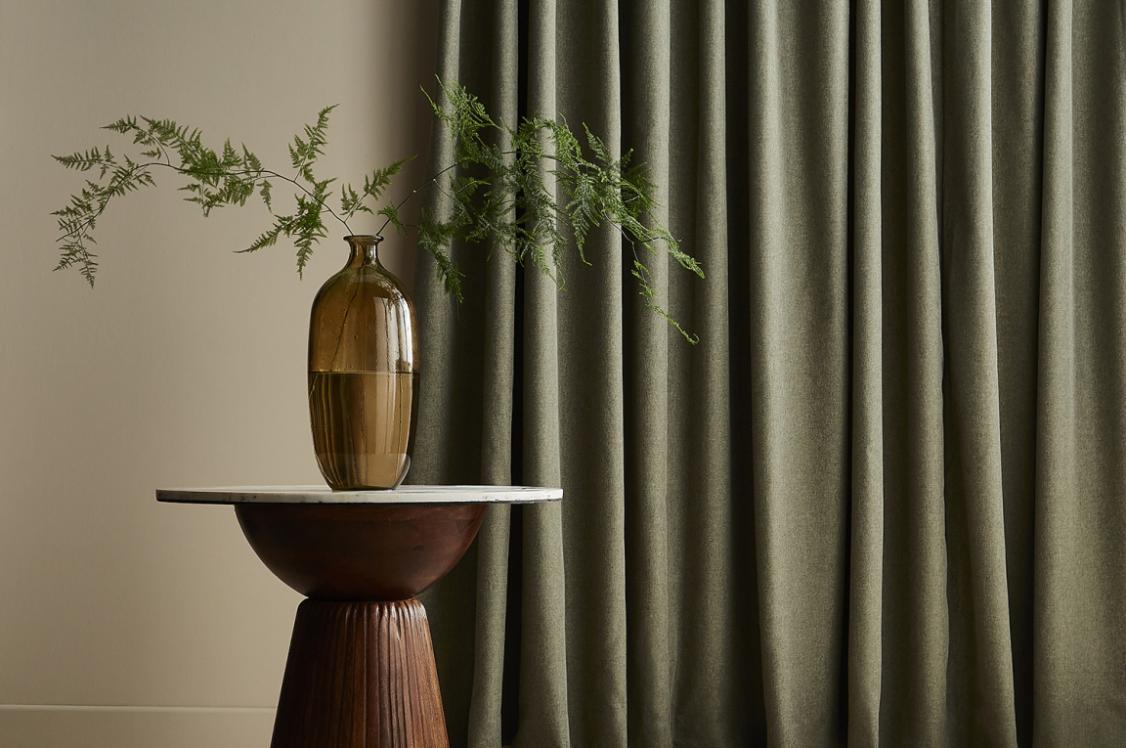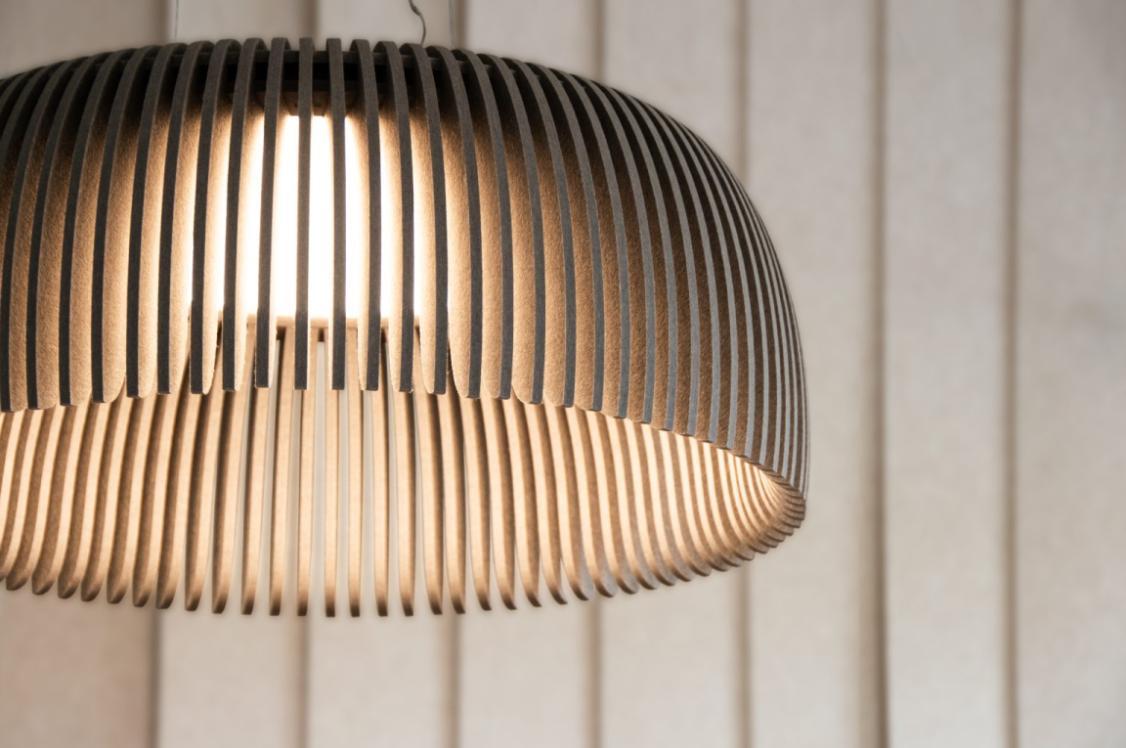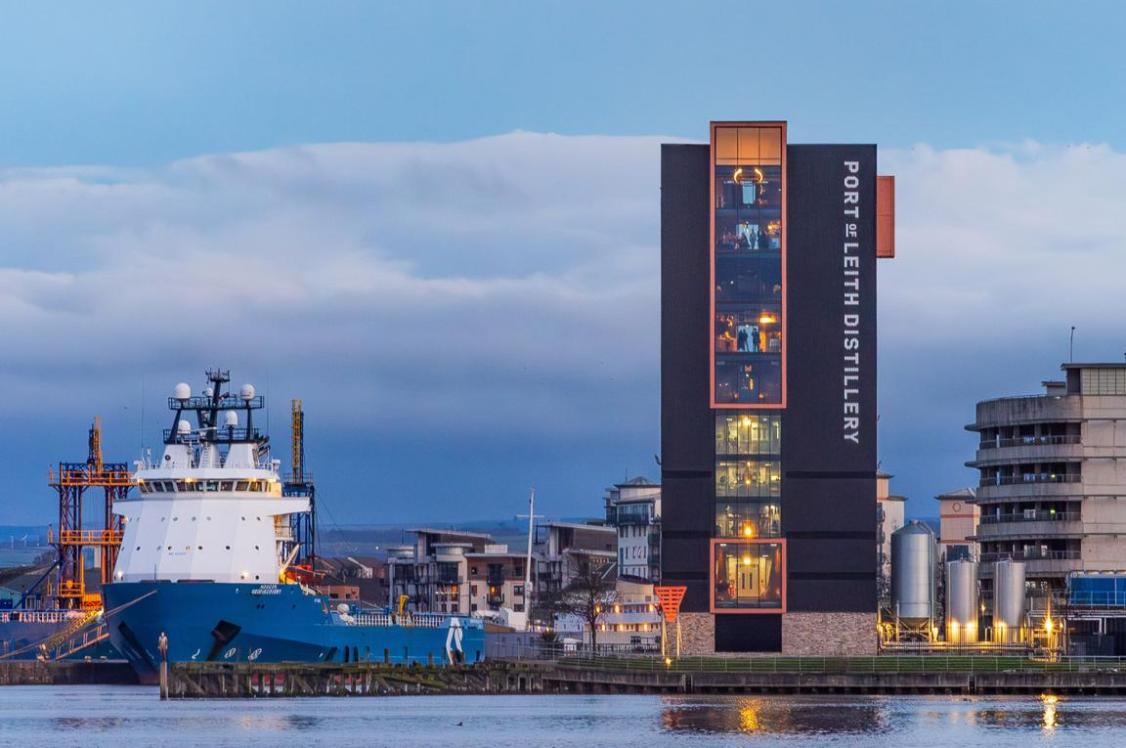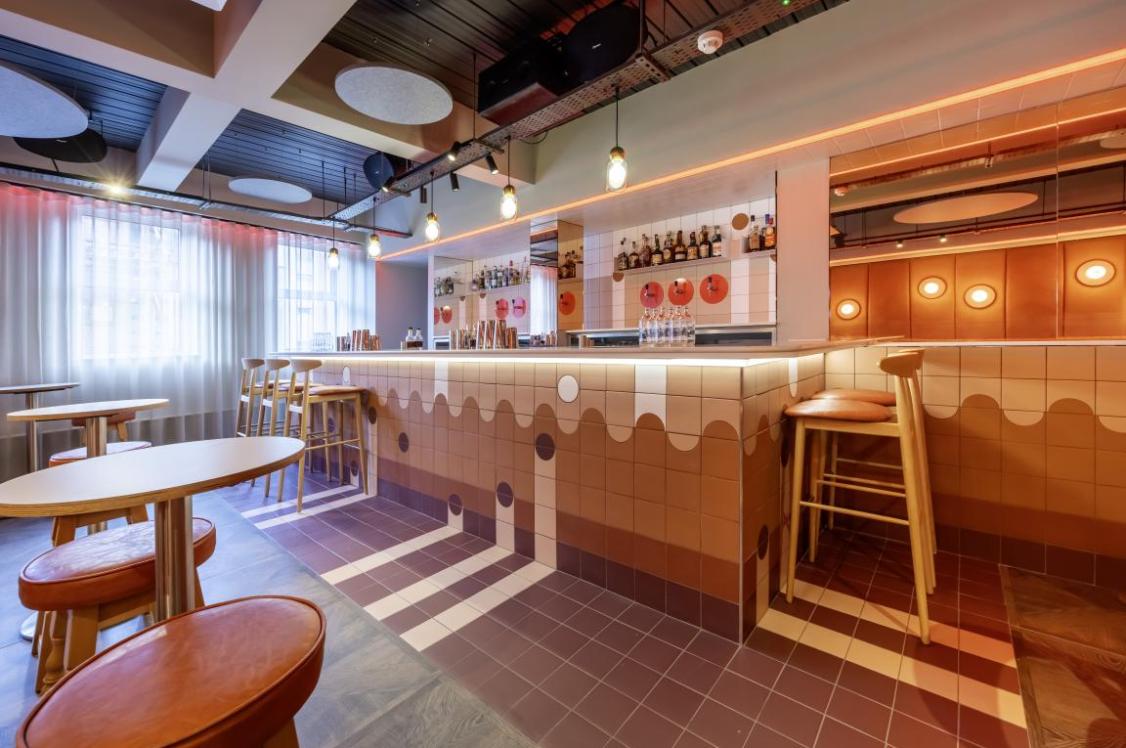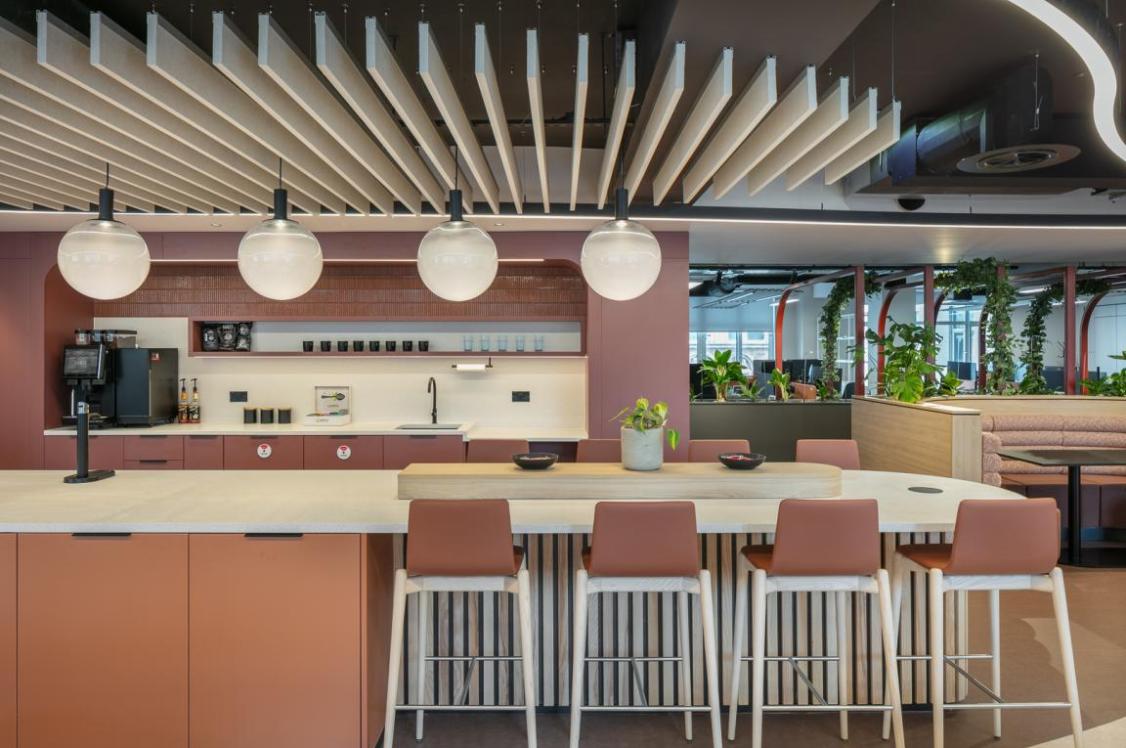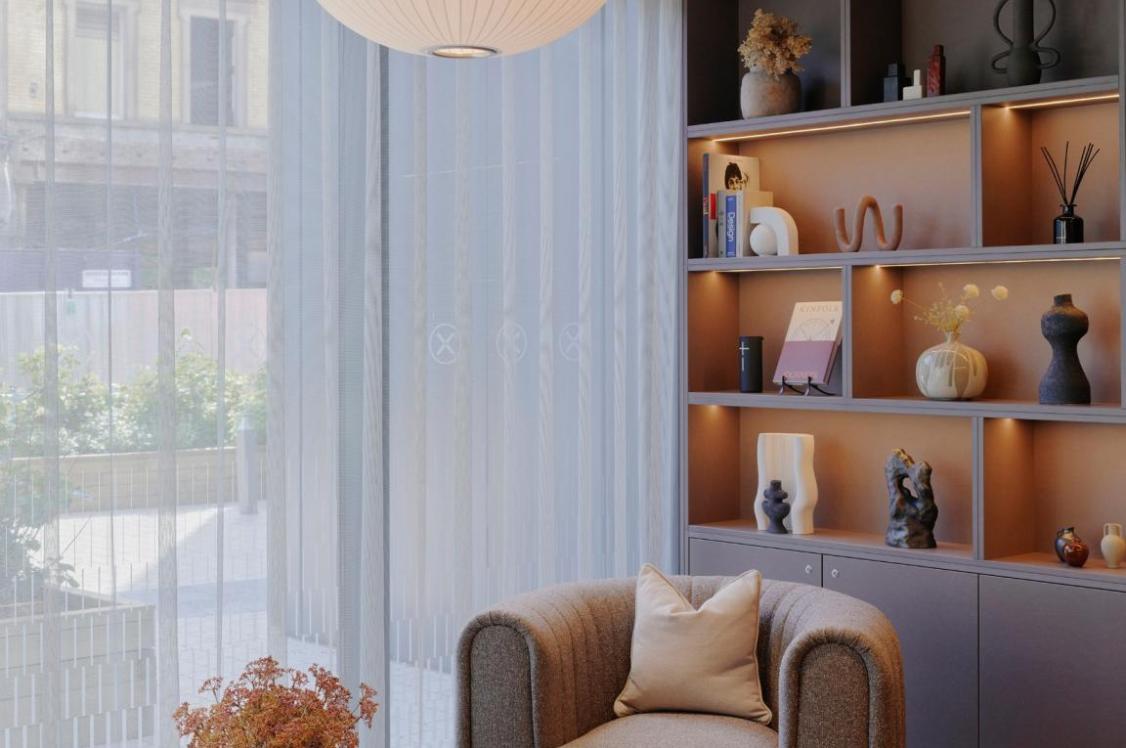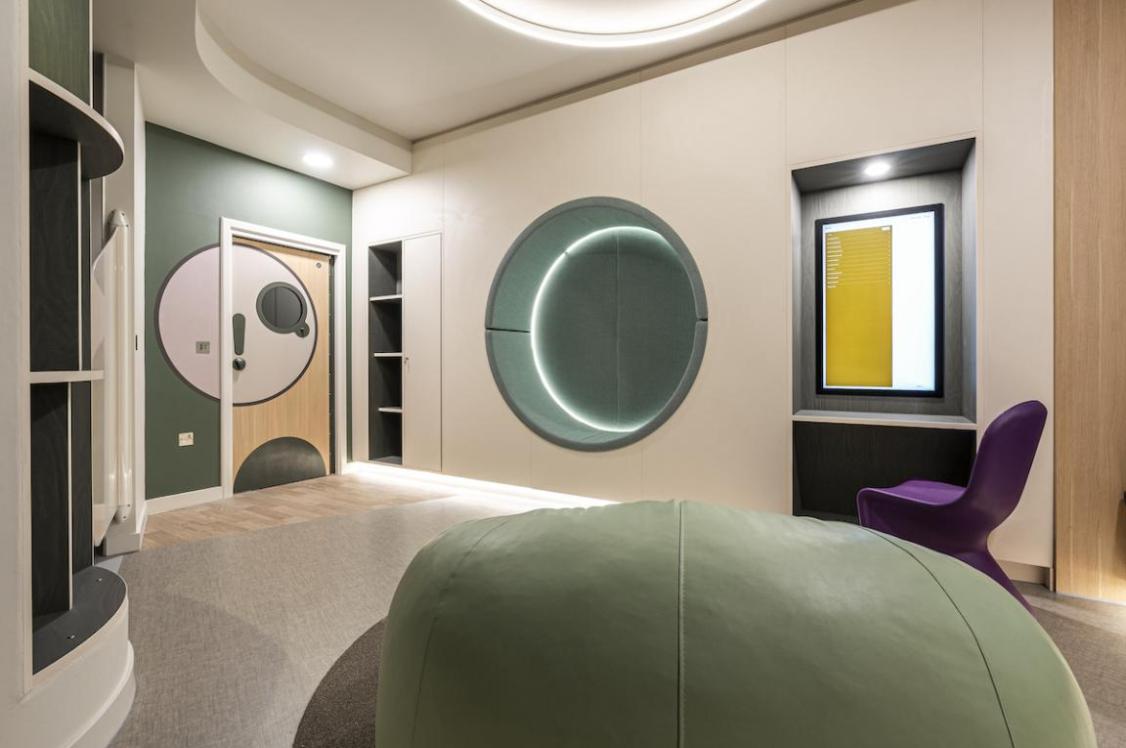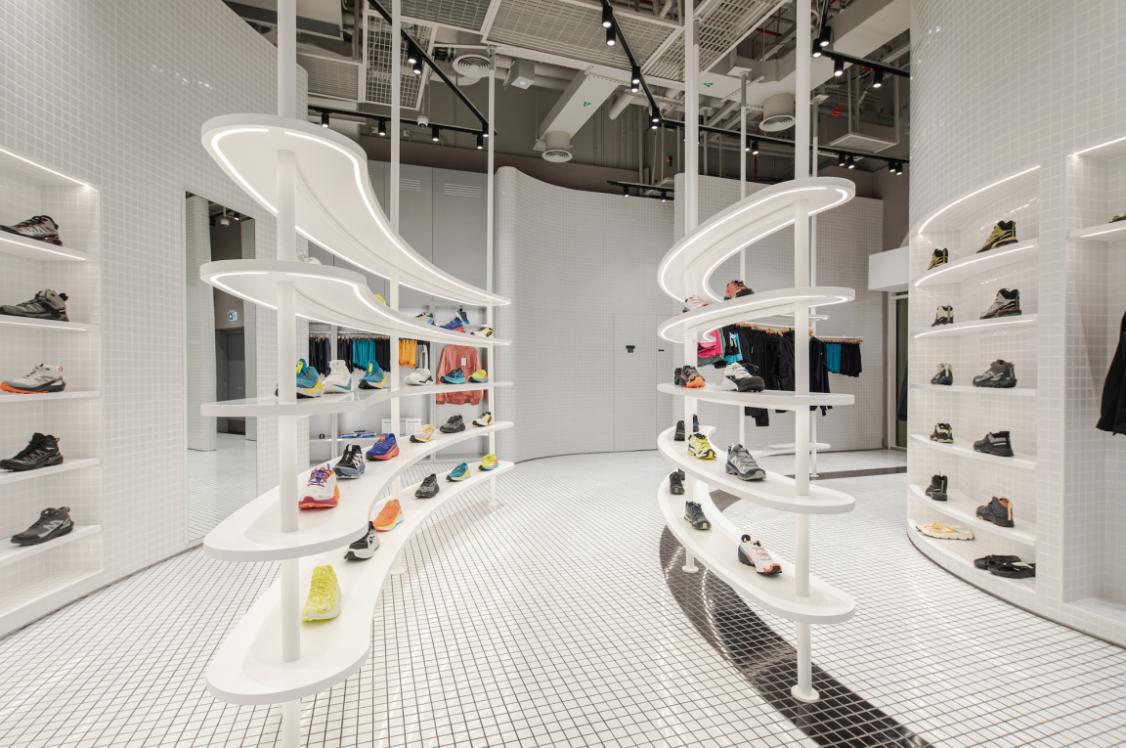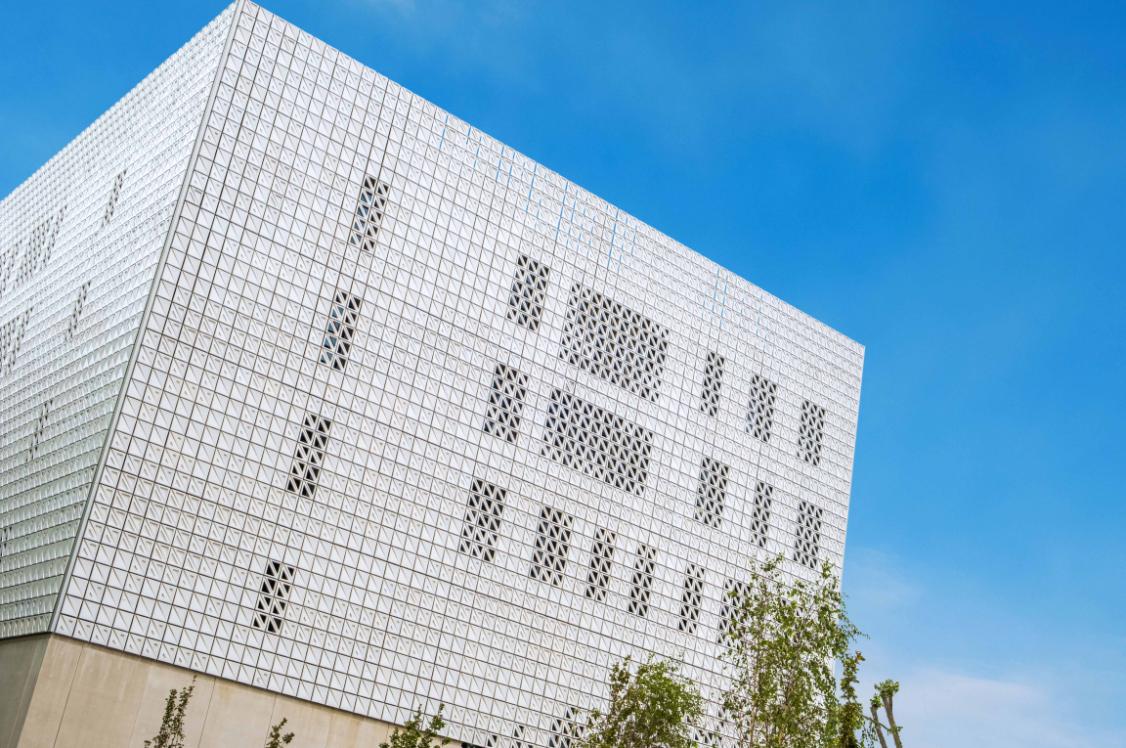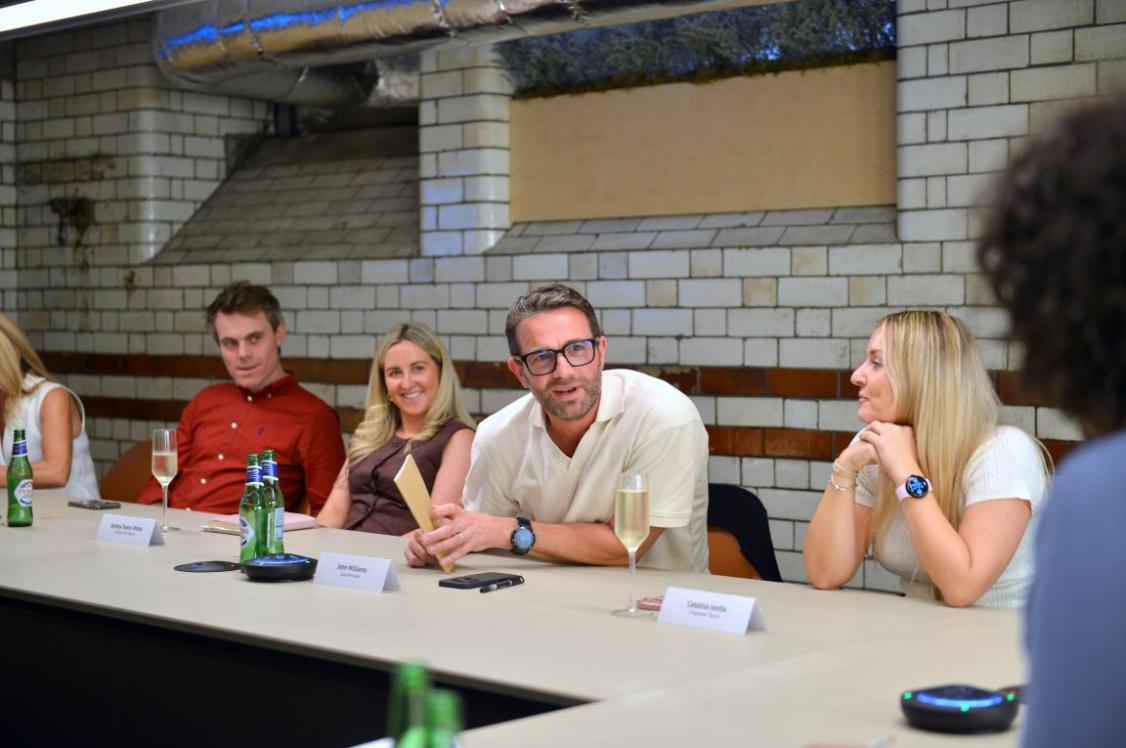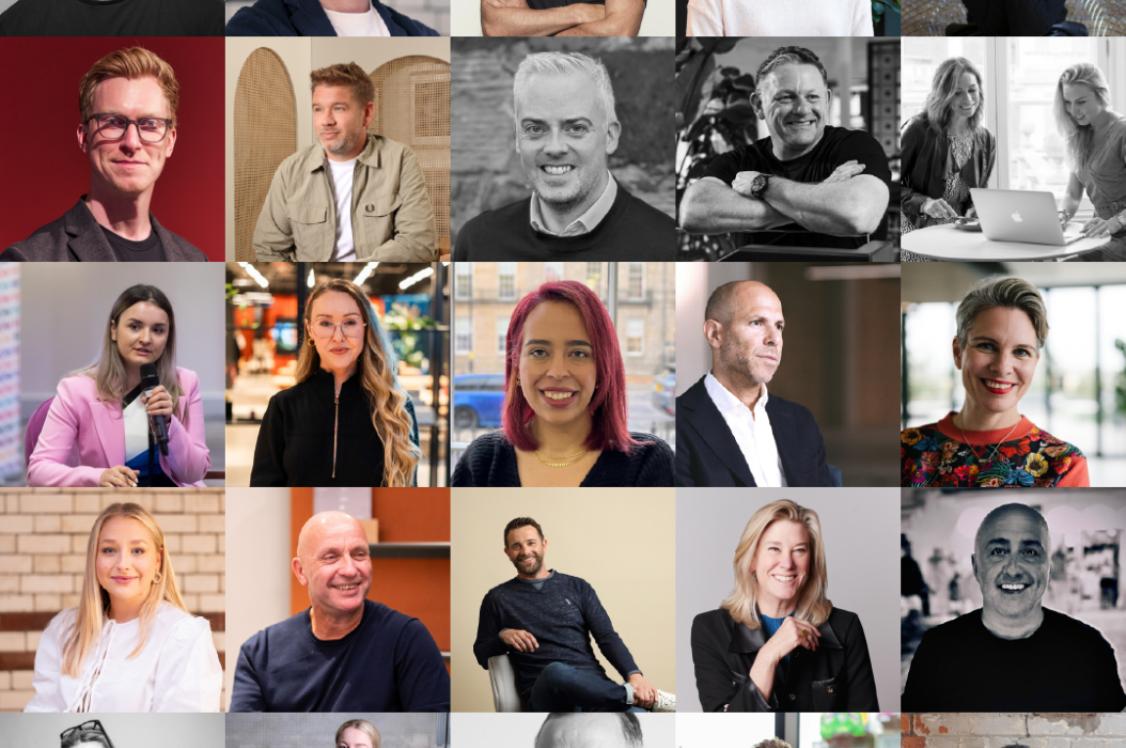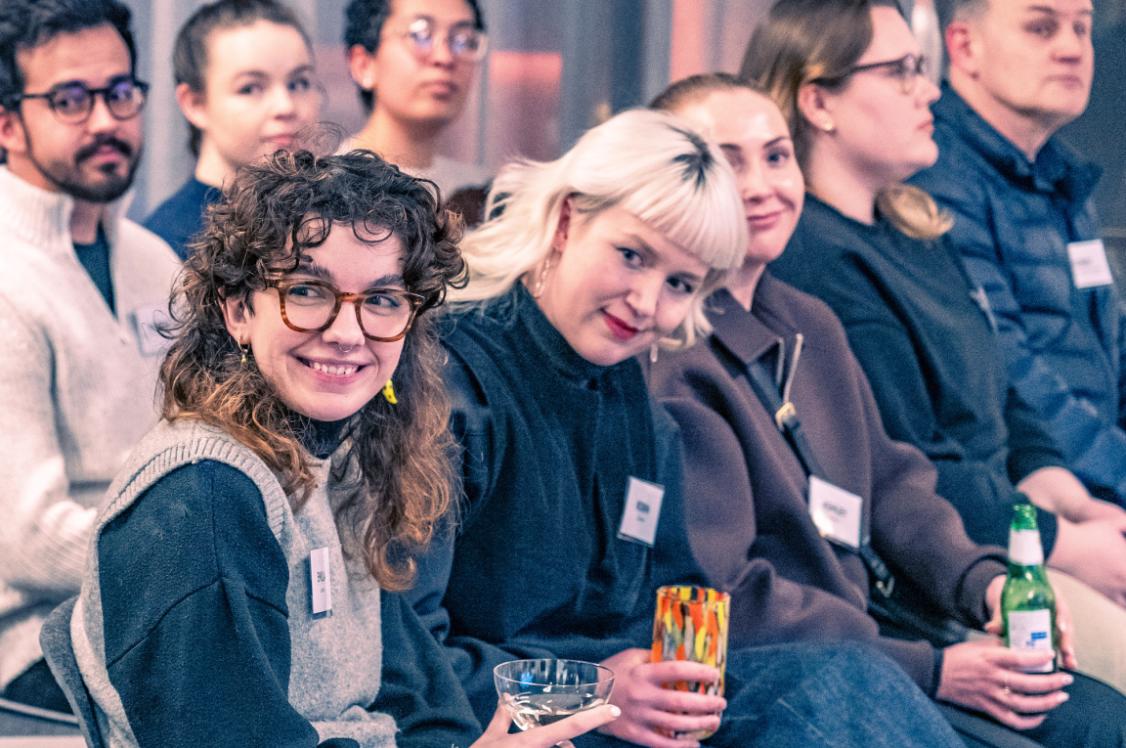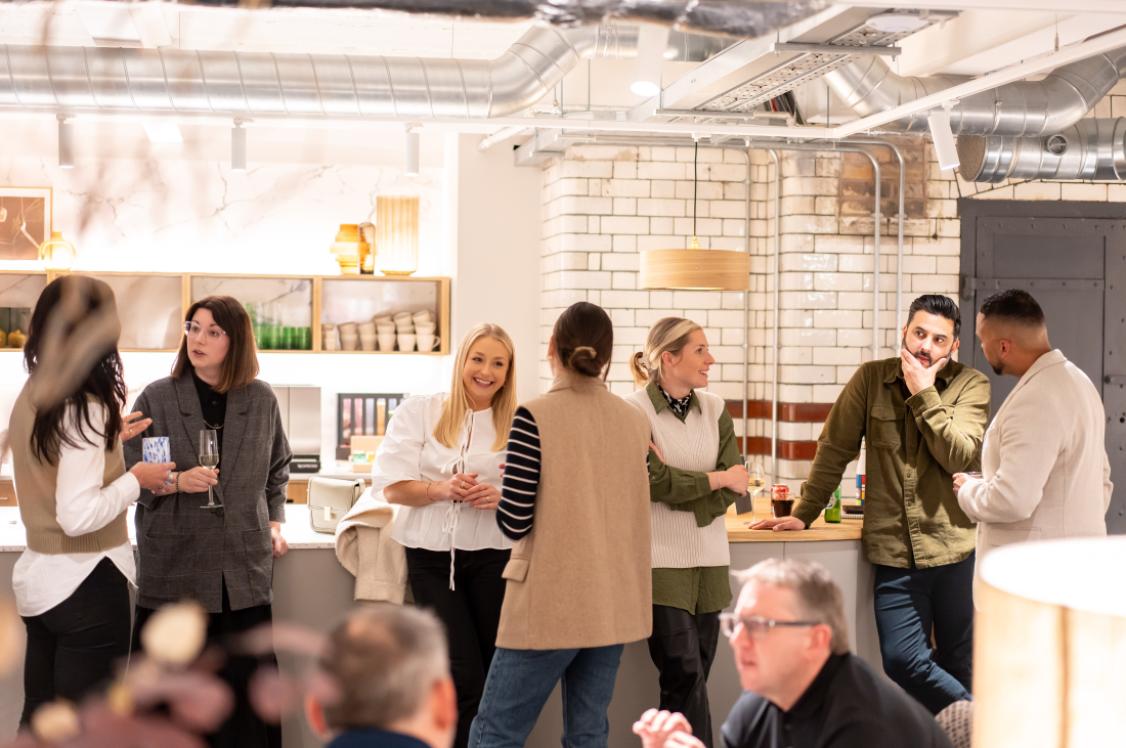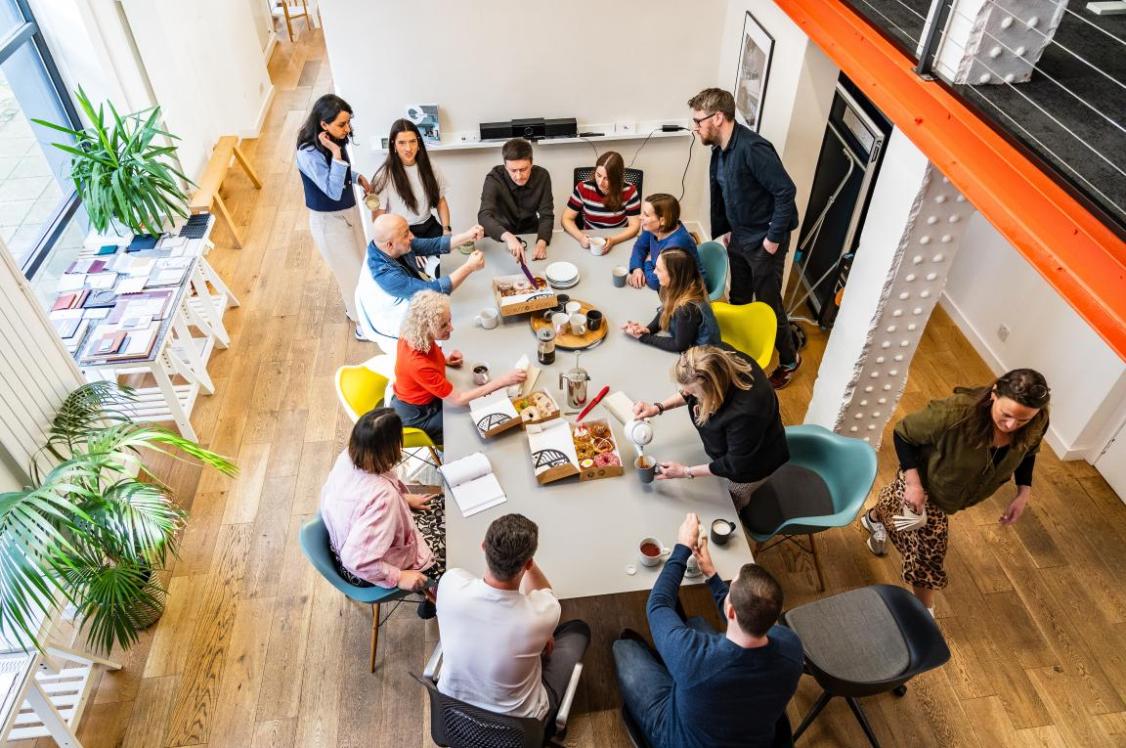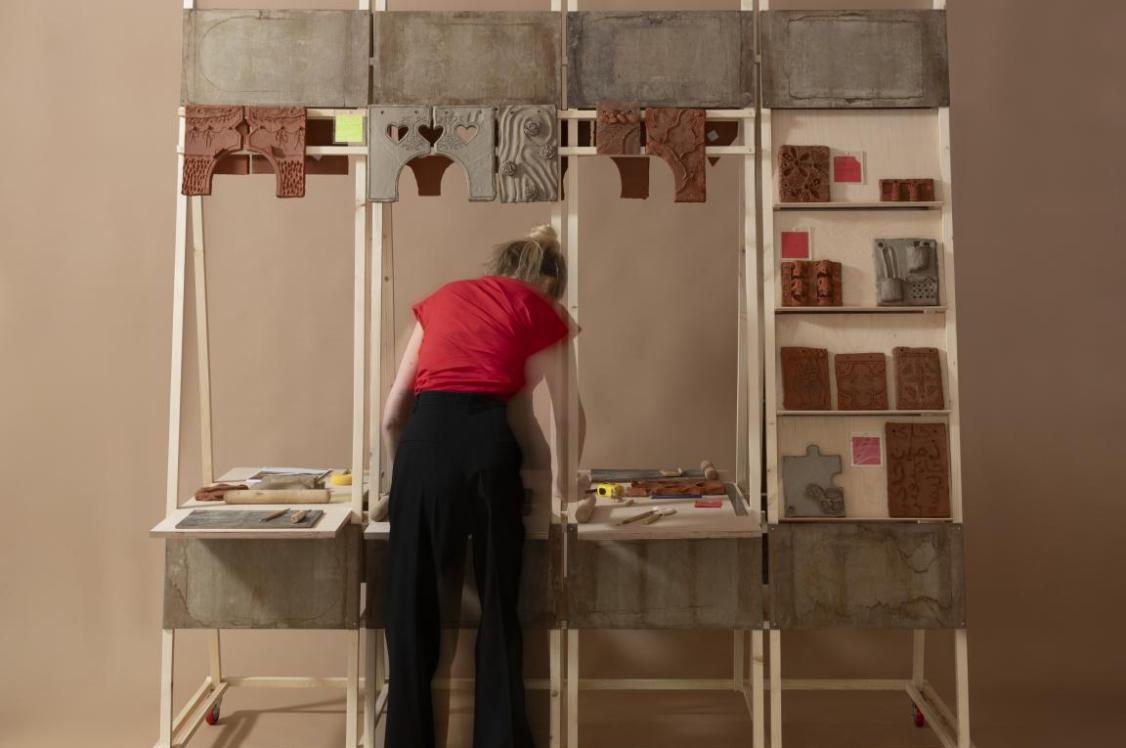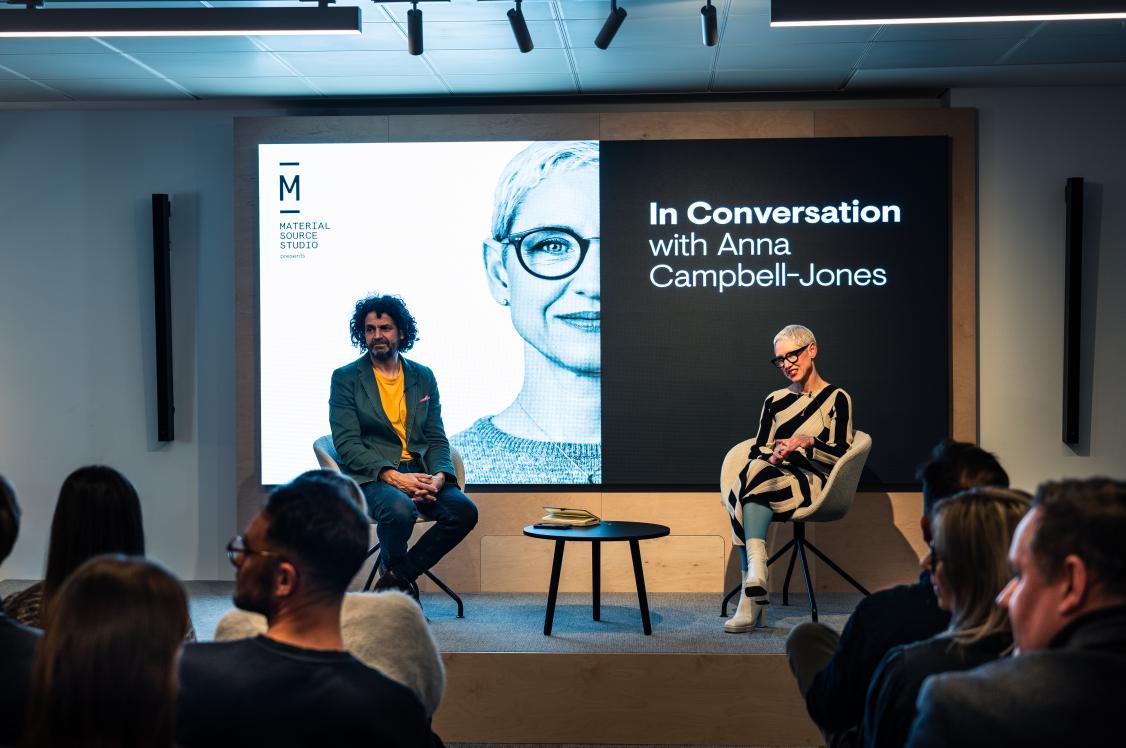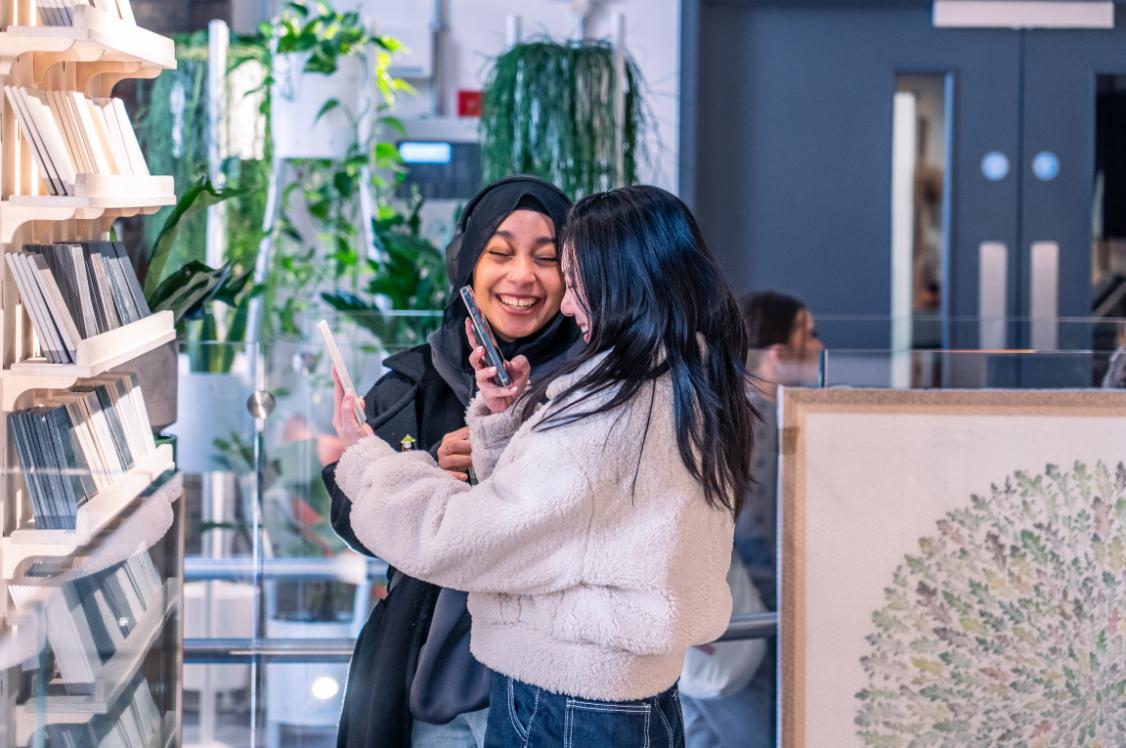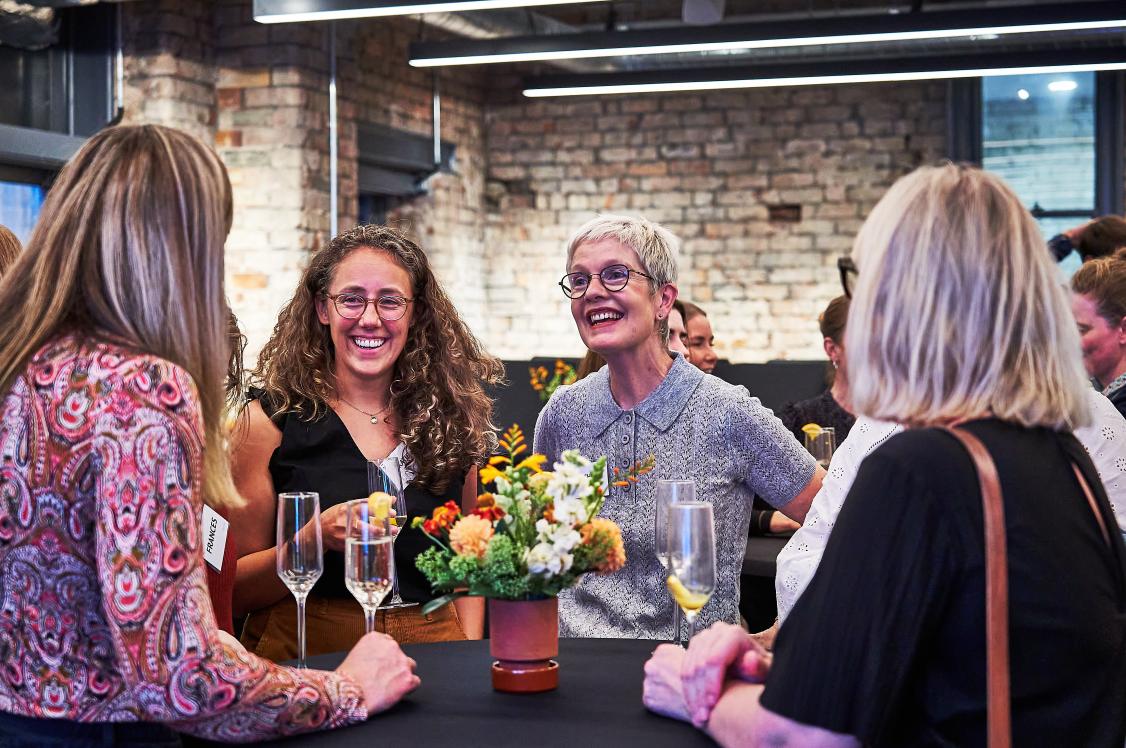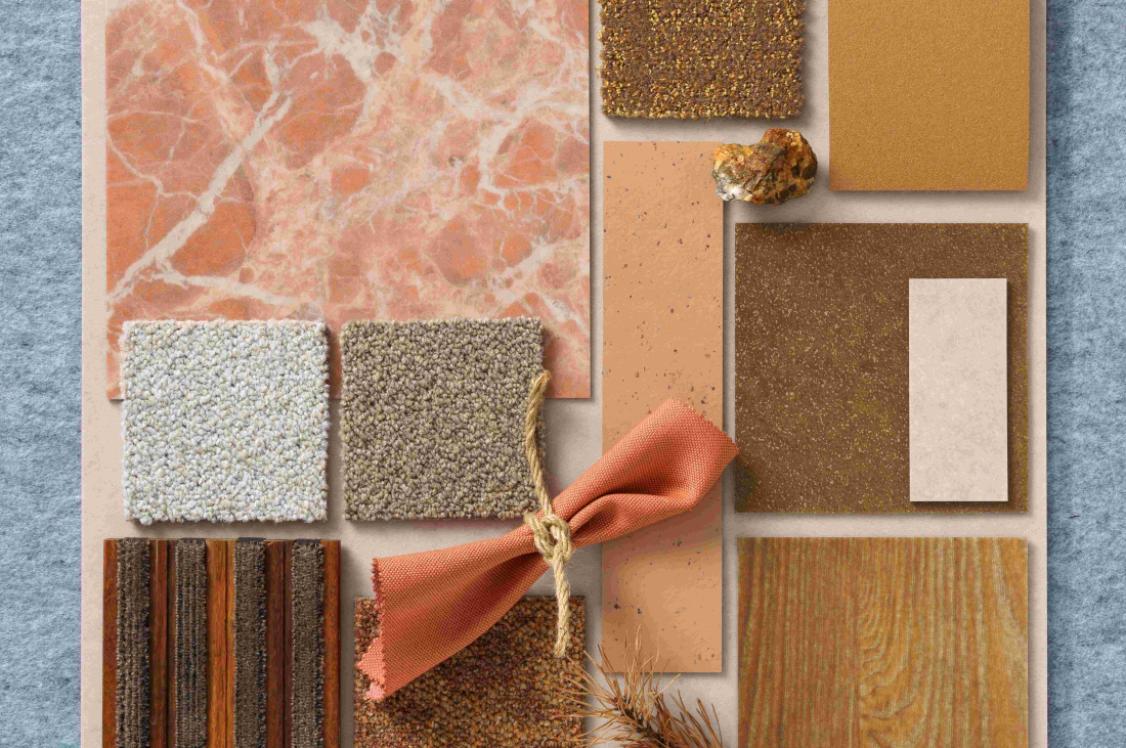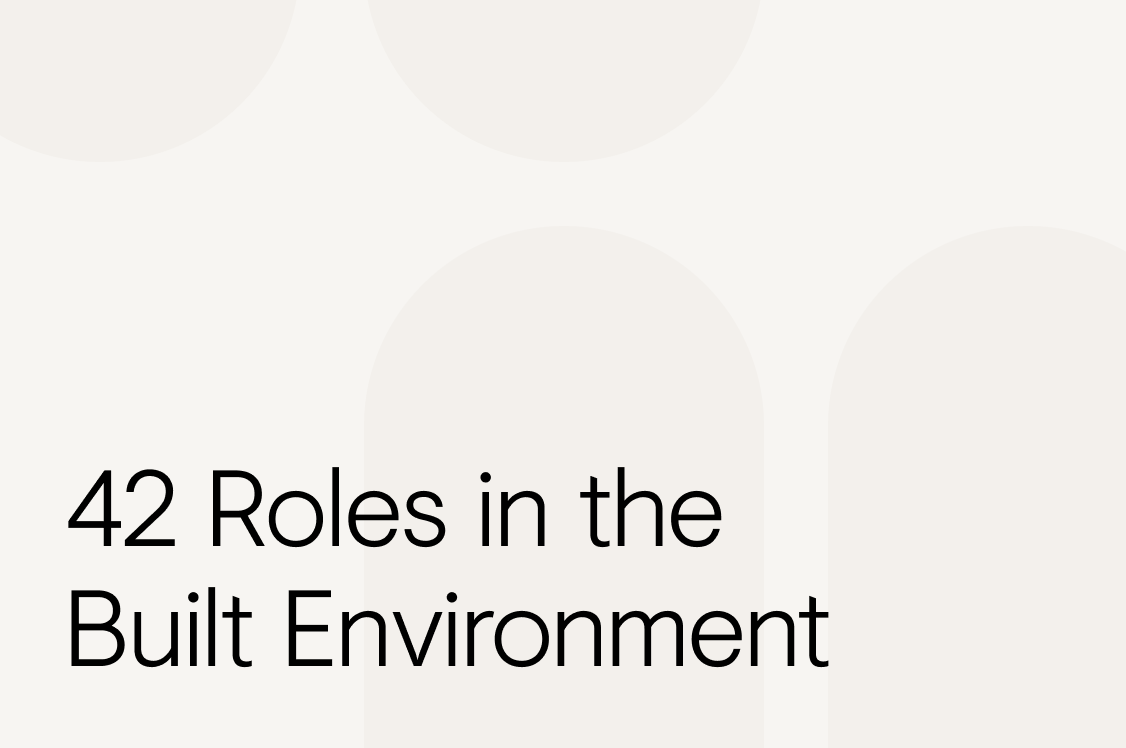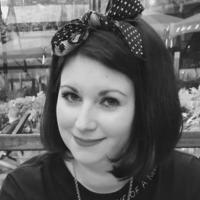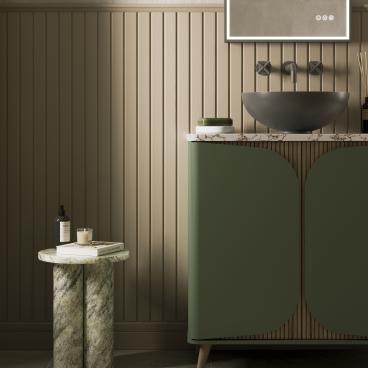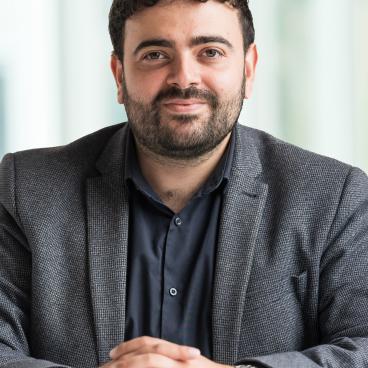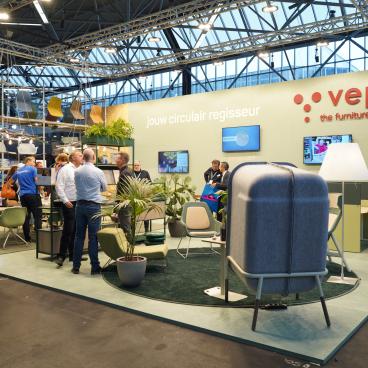Gary Wolstenholme, associate director, DMWR Architects, on celebrating difference, empowering ideas, and supporting all.
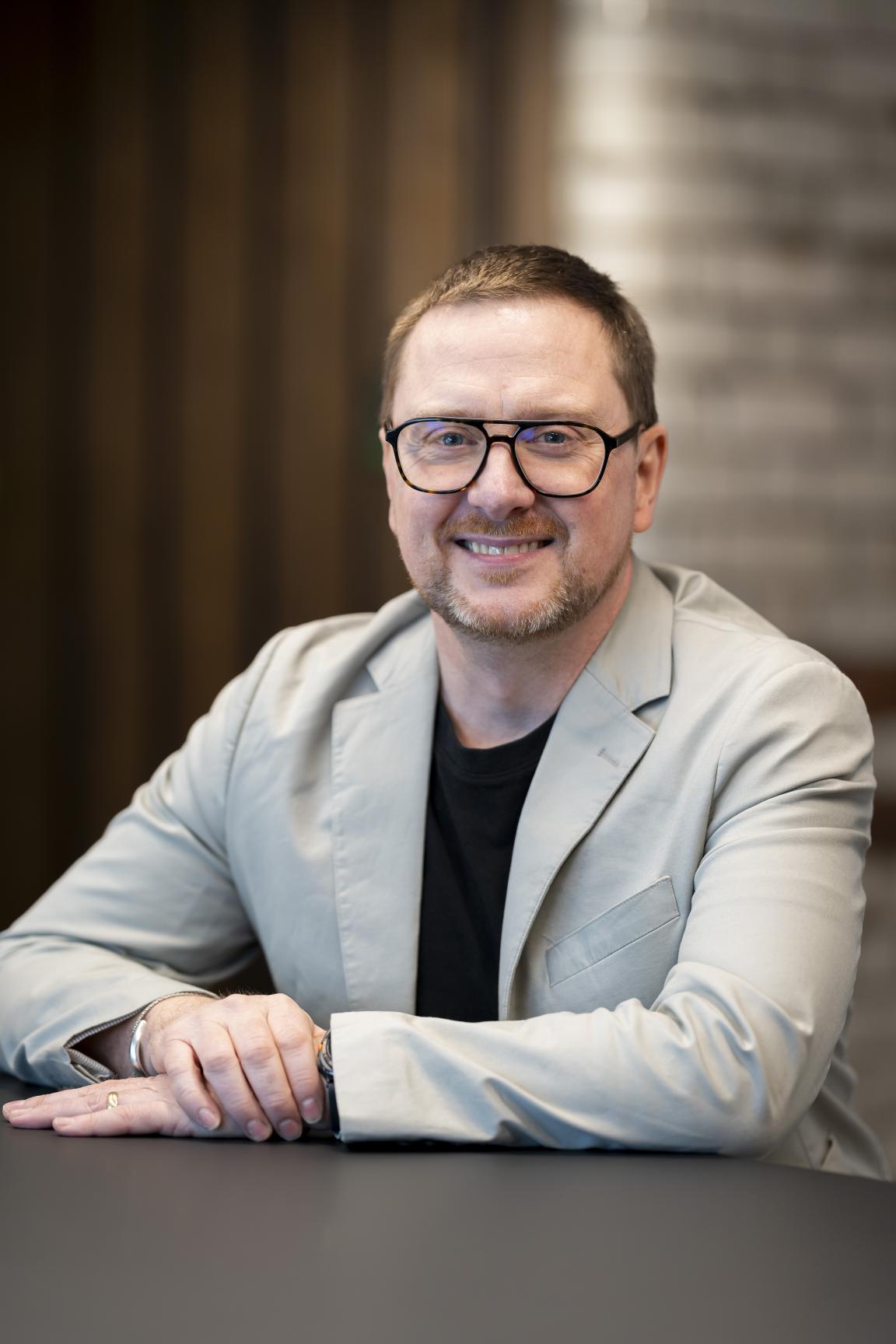
When an acronym such as EDI, or DEIB emerges, it can quickly become throwaway.
But when you break down its meaning – Diversity, Equity, Inclusion, Belonging – it seems like what should surely be a foregone consideration when crafting spaces where people commune.
This is very much the viewpoint of Gary Wolstenholme, associate director, DMWR Architects – no stranger to a roundtable discussion, and a prolific question proposer at our seminars. Having got to know Gary over the years, it is evident that his approach to managing his team is fuelled by a genuine desire to support all of the previously mentioned.
While he says DEIB has not necessarily become central to client discussions, yet, it is certainly a consideration for the practice’s Manchester office. And when it comes to wellbeing, that’s now just a reassuring given.
Keen to chat in more detail about some of the initiatives Gary and his team have adopted by way of promoting DEIB, we sat down to discuss different needs, encouraging involvement, and scrapping the traditional hierarchy for good…
Tell us about your professional background – how did you get started?
“I’ve been working in the industry for 26-years now. And I didn’t come in via the typical route. I've gone through two or three recessions. The one year out during my architecture degree was just on the back of the recession in 1997, so there weren't many jobs in this field.
“I was working in a bakery to save up money for university. And I was willing to volunteer at a practice in Stockport to get the required experience. I went for the interview, and I said, I'm willing to work for free to get the experience. The principal there said, you don't need to work for free. I'll pay you. Although the pay was very low and I used my own PC, I benefited from the extensive experience I gained there.
“The company was made up of two architects, so I’d get to hear everything while in the same room. I’d go to site visits. I’d hear conversations with clients. It was great. But when I left to complete my Part 2, I remember my boss saying I would benefit from gaining experience in different sized practices.
“I then went on to study part-time in Liverpool. It was hard work, as I also worked full-time at a large architectural company, with a day release to do the course.
“Since graduating, I've worked in various sized companies in many different sectors. I've worked freelance and staff, gone through redundancies with recessions, and I've learned. I've seen what can be done properly, and what should be done better.”
And now you work on the management team at DMWR – how’s that?
“I’ve found as you get more senior, your role evolves; you become a project architect and lead a team. Producing drawings as part of a team develops into taking more calls and emails with clients, consultants etc. and attending meetings. You quickly develop the ability to lead a project and people of various skills and abilities. I do miss the days of putting on my earphones and churning out details and other drawings, but I really found my skill in managing people on several projects at a time.
“Leading the Manchester office of DMWR presented a good opportunity to explore that further. I run the BD, the marketing, the staff, the resources, and I'm the point of contact for the senior management across all our offices. There were six people in our office when I started, and by the time this comes out, there will be 12.
“In order to promote the Manchester office, I recognised that we had to work from the ground up and strategise how we approach this exciting challenge. I felt it was important to include my team in the development of the BD and marketing strategies, tailored to our specific challenges and goals. I've got an amazing set of staff. And they’ve really got involved in the business development side of the practice.
“We have this big whiteboard in the office where I mapped out these strategies to present to the whole office. We then had a session where everyone had five-minutes to say where they’ve worked, what they like working on, what sectors they’d worked in and what they’d like to do more of. My colleague, Cristina, and I already knew this because we interviewed them; it was more for the rest of the team really.
“We then came up with a list that allocated individuals to the company’s key sectors based on their particular interests and experience. They became the champions of these sectors, and provide ideas and the latest intel to the, what I call our ‘Core BD’ team that includes me and three of the more senior staff. We then feed this into the strategy. It is important that all staff feel valued and have the opportunity to give new ideas and I believe this approach does this.
“We also approach marketing in a different way too, including hosting our own roundtable events. Material Source Studio is great because it’s also a social opportunity for us. You can come here, it’s social and fun, and we’re networking at the same time.
“I'm also all for getting the younger ones to be involved too, they have new and fresh ideas, and the more people involved, the wider reach we have.”
Sounds like a great team effort approach…
“It is – we obviously have a hierarchy in our team, but it isn’t like the traditional office environment; There is mutual respect; There are no silly questions; Everyone’s open to come up with their own ideas and suggestions; We are all approachable. Definitely a strong team culture. In terms of DEIB, we’ve got a real mix of people in terms of their background, age and level of experience. But we always hire on credit, not just because they are a particular demographic.
“I am passionate that our differences offer value. My wife's Indian, and my son's got ADHD and dyslexia. So, from my background, I've got an understanding to a certain extent, and their experiences are eye-opening
“Whenever my colleague Cristina and I interview people, we are genuinely interested and appreciate the differences of each person and what they can offer to the team. On occasion, an interview can take longer than anticipated but by the end of it we have a good understanding of whether they would be a good fit, and me and Cristina are almost always in agreement with our conclusions.
“We’re very supportive of the people that work with us – whether it’s an employee of the month-style award – a tongue-in-cheek thing we do for fun and appreciation – or just a casual sit down to ask how they’re getting on. Belonging is an important part of DEIB.”
What does DEIB mean to you?
“I can see how my son has found his learning experiences challenging, and as parents, my wife and I have always done our best to support him. My wife's a specialist SEND teacher. She knows what can and should be done in schools, but not everybody does… because I didn’t. And it's a fight, a real fight, and we wouldn't have had the support if my wife didn't know the system. She wasn't pushy, but she was persistent with it. My son is at university now, he will be 20 in September.
“With ADHD, on occasion something is said, with no intention of offending. So, when offence is taken, it really hurts, because it wasn’t meant in that way. Watching him learn this as he was growing up was a painful experience for us.
“Having said that, though, he's open about it, and a lot of his generation are open about it now. So then there's more understanding of each other and less of the stereotyping. And I just wish that was more the case in professional environments.”
Are clients receptive to the DEIB conversation?
“To be honest, I've not spoken to clients when DEIB has been part of the discussion. What is prevalent though is the need for ESG, and it does form part of that.
“ESG is coming as a drive from the funds. We've had clients’ applications for frameworks where the ESG is a large portion of their requirement. To educate ourselves, we’ve been to various seminars and events, and we've got an ESG group where we're addressing all the aspects of this big subject.
“I’m really pleased that the drive for ESG is coming from the clients – internally we all strongly believe in it. Many aspects of ESG have been a part of what architects should consider. We were told at university that we are key players in pushing the sustainability agenda. Now, the drive is also coming from clients and the requirements of the end user.”
How do we design ‘well’ spaces?
“We need to make sure that designs are actually addressing people’s needs and it isn’t just a tick box exercise. It’s an understanding that everyone is different and even those who, for example, have the same disability do not necessarily work best in the same environment.
“I know from my son that a person with ADHD could want a really quiet space, and then 10 minutes later, when carrying out a different task, would benefit from listening to music via their earphones. It’s about belonging and giving people credit for being who they are.
“Wellness doesn’t seem to be mentioned as much now, and I like to think that is because it is more accepted.”
What would you like to do more of?
“In general, I think our sector is en route to understanding that each person is different in their characters, their needs, their skills, and their strengths. And it forms part of DEIB, which comes under the wider ESG.
“Our team has a mix of demographics and skill sets, all employed on merit, and I encourage and include all to get involved with the wider aspects of the office. They’re a group of passionate people. And they don’t do it just for financial reasons. Supporting them and their individuality just seems so obvious to me.
"I’m really enjoying leading a fantastic team that supports me in growing the size and presence of the office, and I’m excited to see the unique strengths each person will contribute along the way.”


